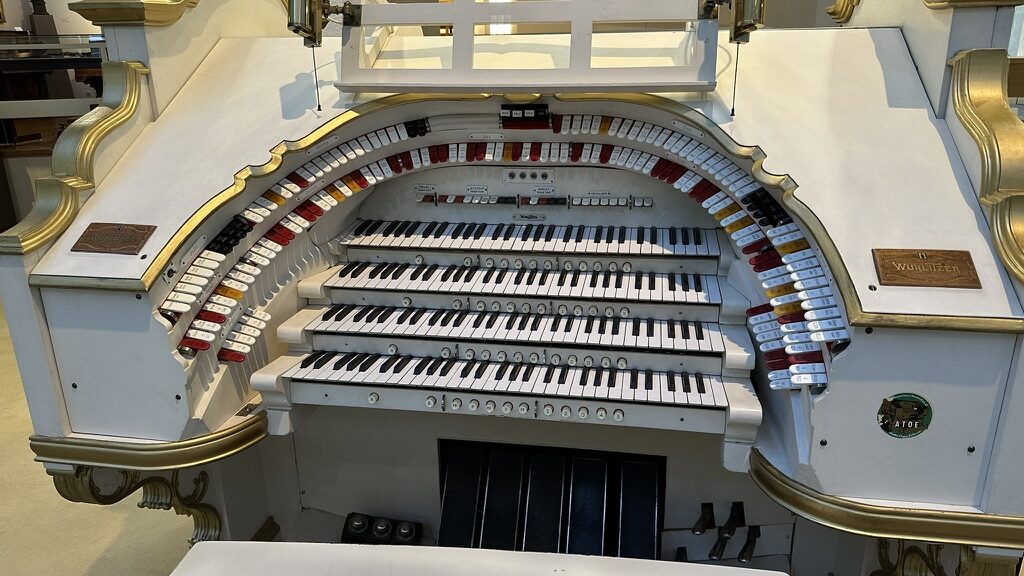
Berlin Museum of Musical Instruments
Back in February, we went on a trip to Berlin. We took the German high-speed rail directly from Paris to Berlin. It was supposed to take eight hours, but took more than ten. Why? Deutsche Bahn (which is notorious for always being late).
Anyway, we had a lovely view on the way there.
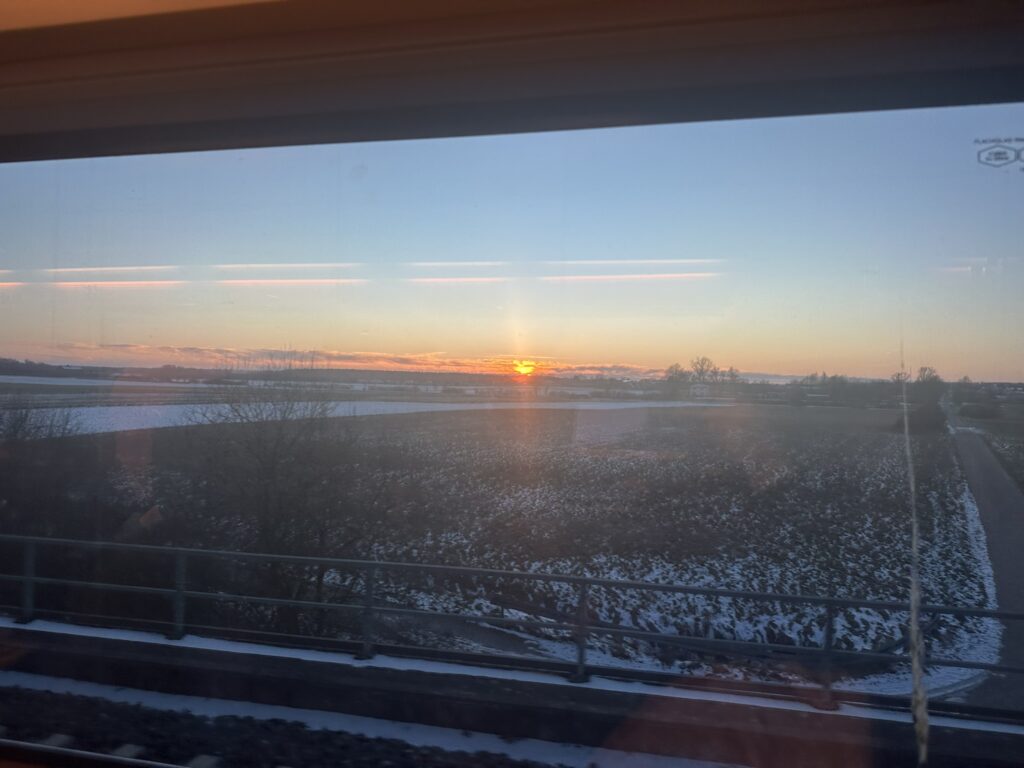
We went to a delicious Bavarian-style restaurant for a late dinner, then wandered over to the Brandenburg Gate. It was very cold — you can see the ice all over the cobblestones! There was actually a planetary alignment going on at the time, so the odd double artefacts over the gate and the building to the right are actually planets.
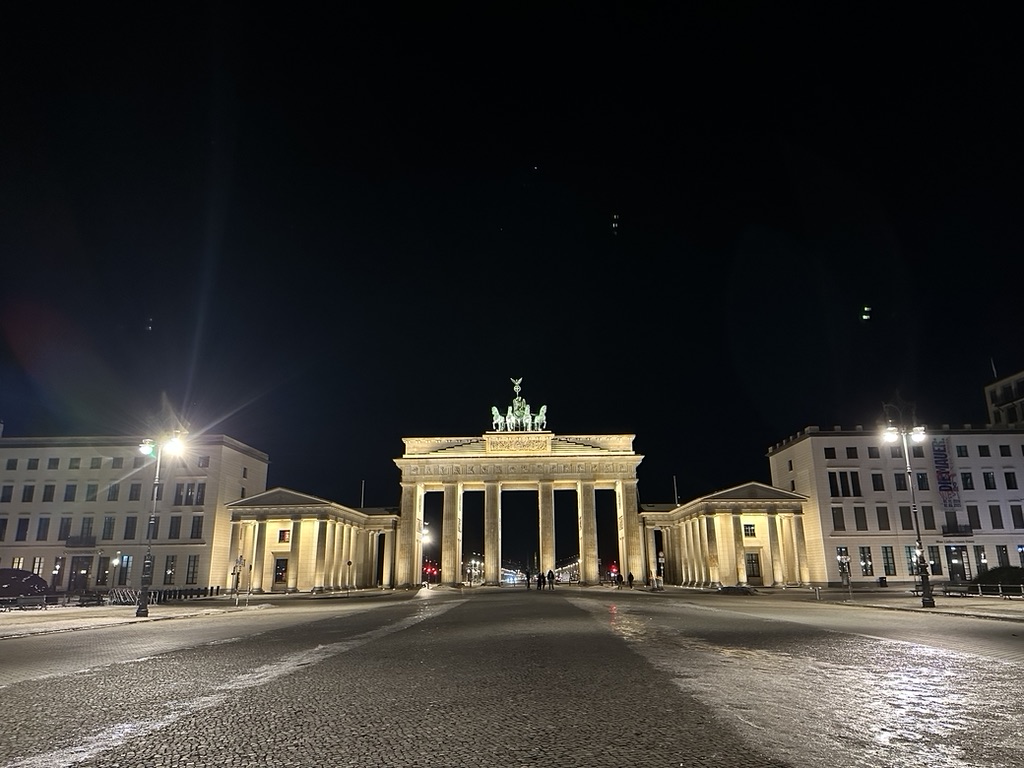
The next day, we woke up bright and early and went to the Museum of Musical Instruments. We were genuinely delighted by the experience there. You can borrow an audio guide — highly recommended — and listen to the instruments being played. Really fantastic stuff. I stopped taking pictures after a while because I realized that I was basically going to photograph the entire museum; they’ve already got a fully detailed, beautifully categorized inventory. It is in German, but a little patience with an online translator will get you far.
That being said… let’s dive in!

Maker unknown
France ca. 1825-1850
6 fingerholes, 5 keys
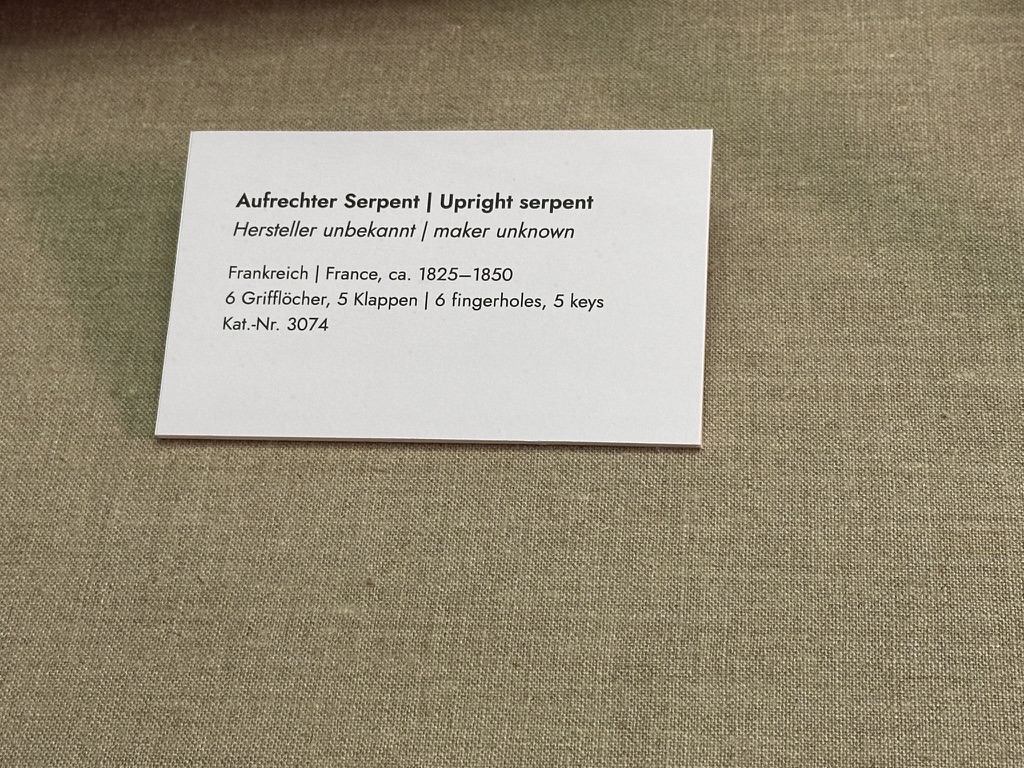
Maker unknown
France ca. 1825-1850
6 fingerholes, 5 keys
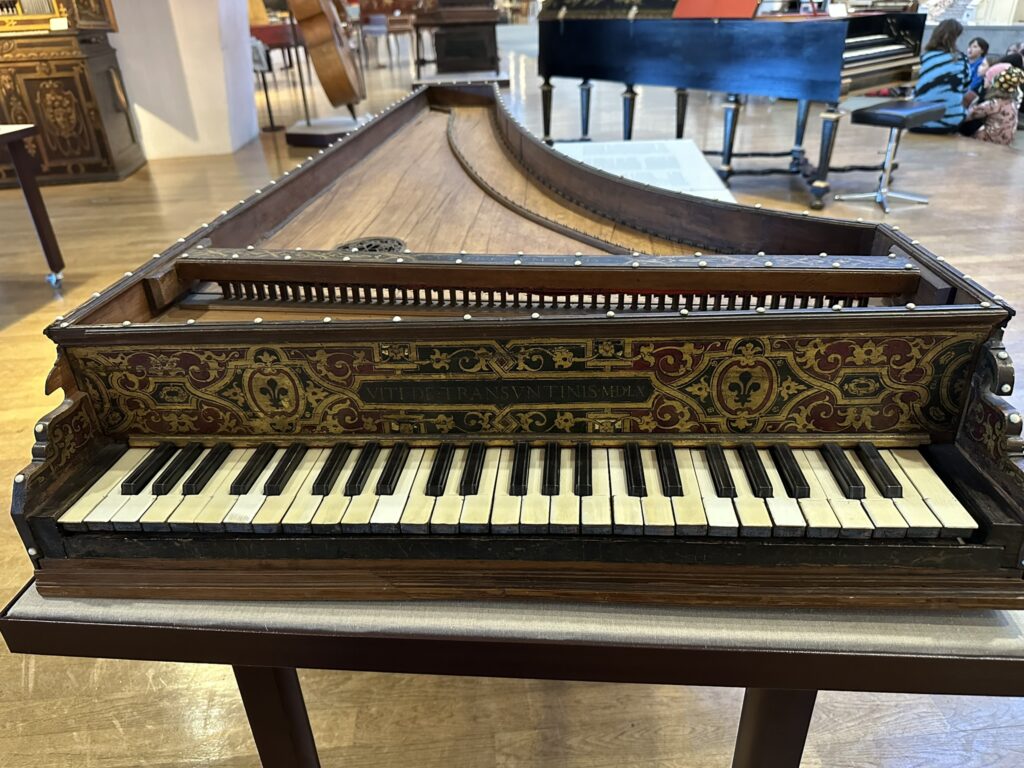
Vito Trasuntino
Venedig, 1560
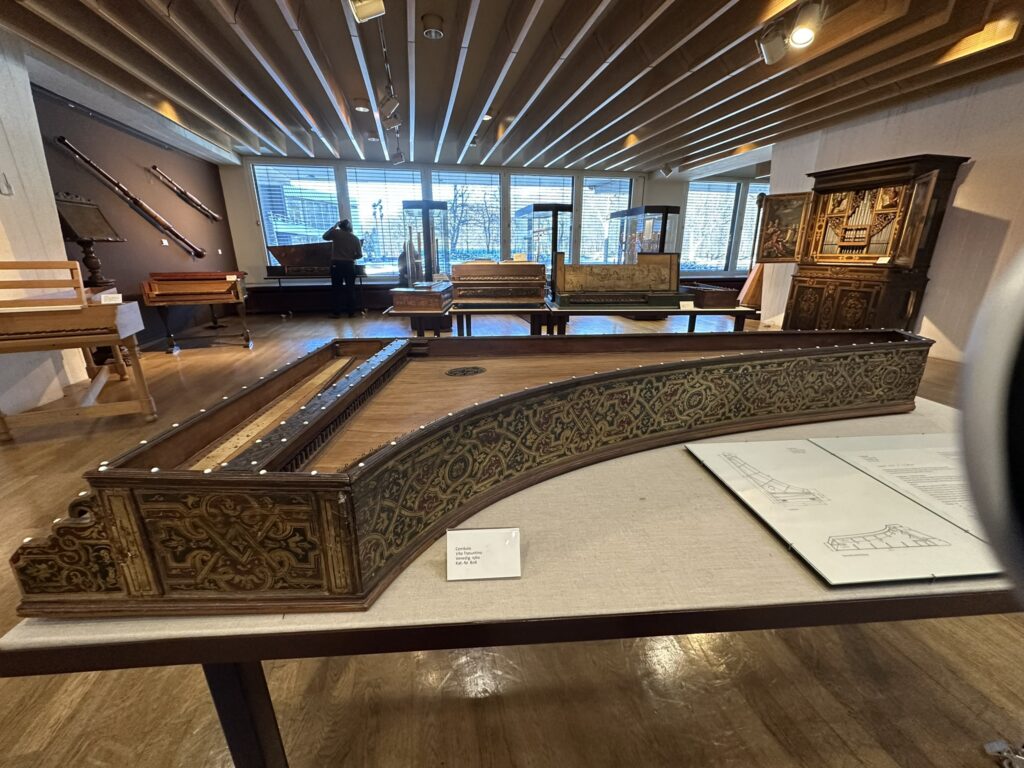
Vito Trasuntino
Venedig, 1560
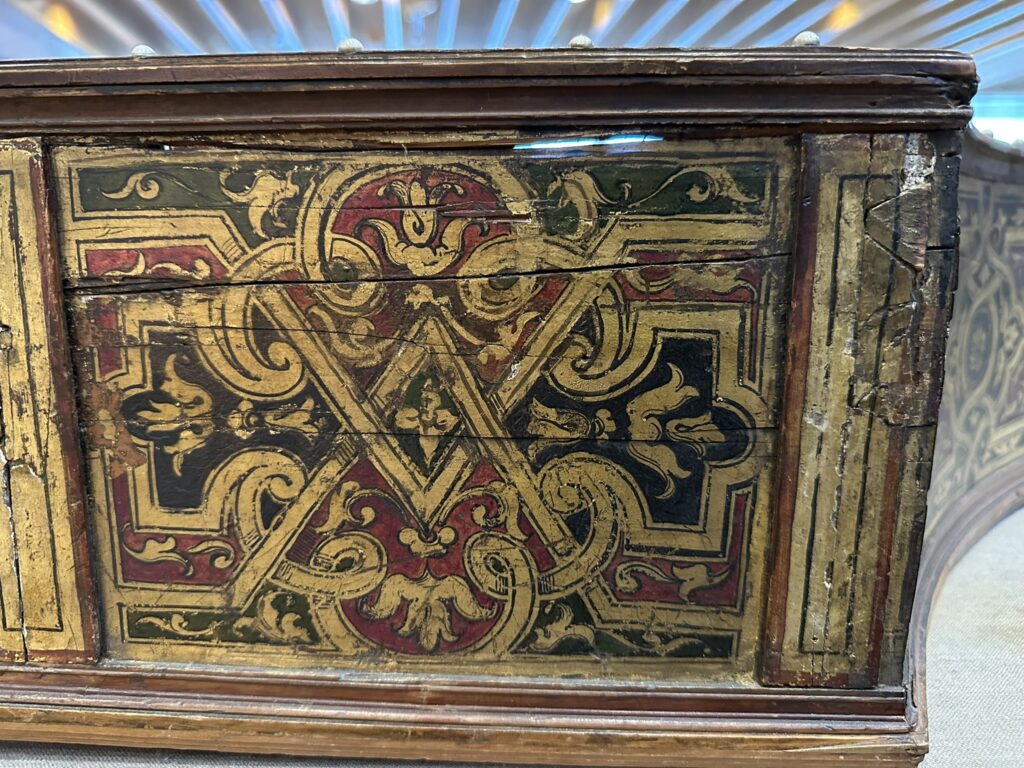
Vito Trasuntino
Venedig, 1560
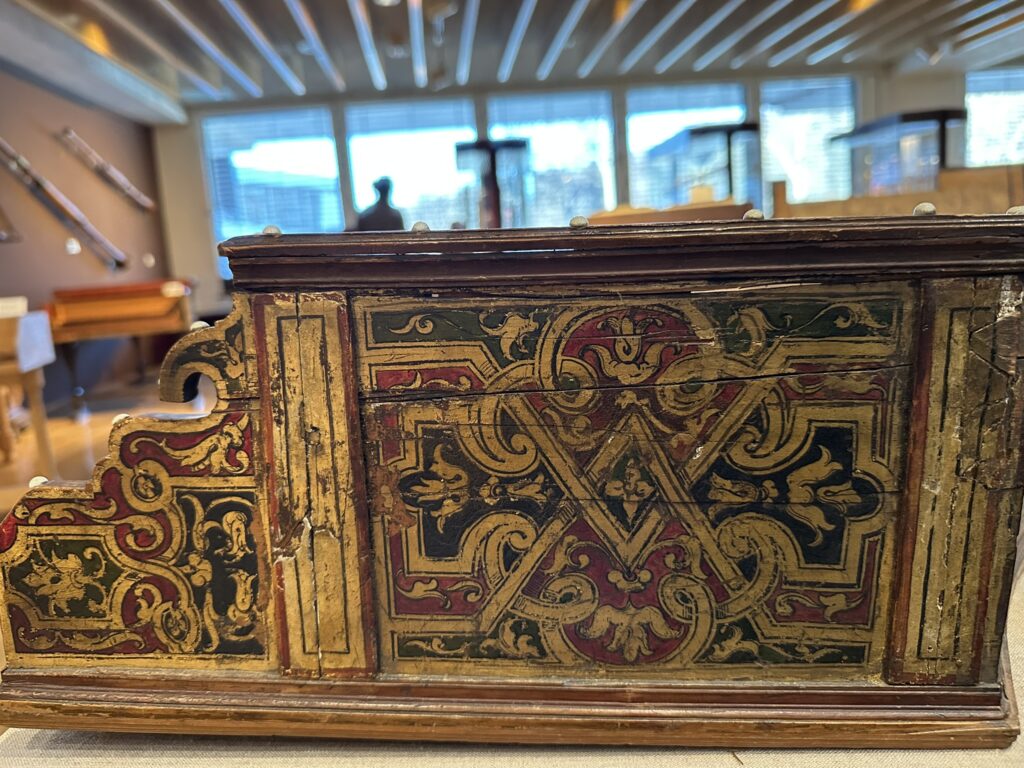
Vito Trasuntino
Venedig, 1560
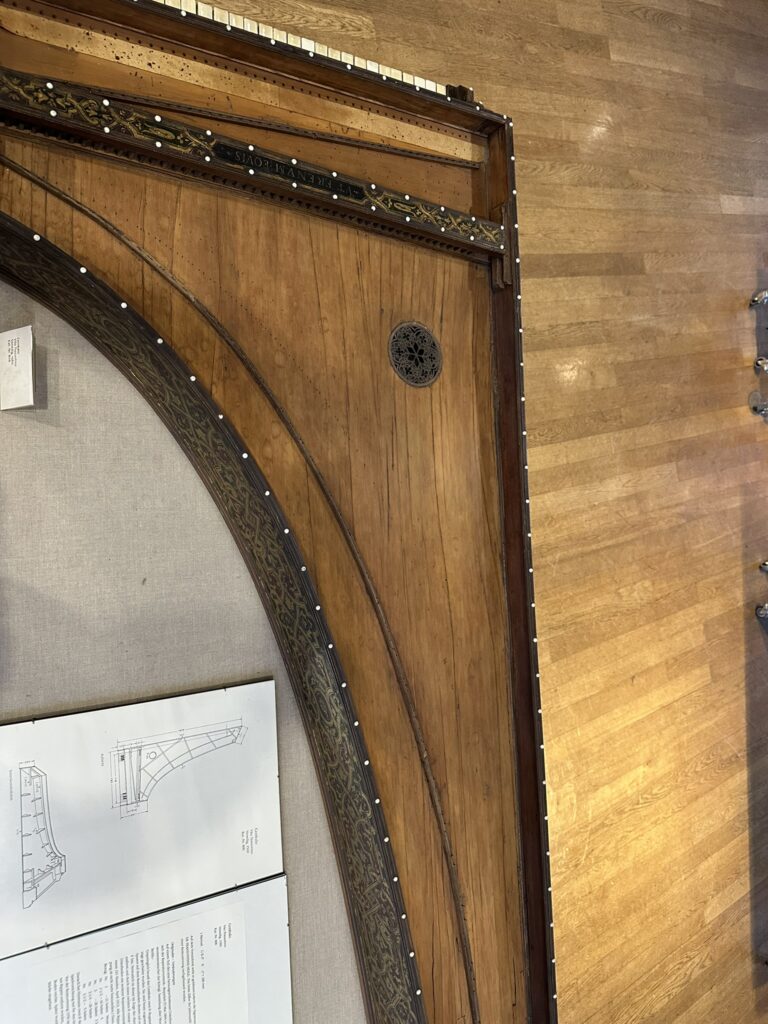
Vito Trasuntino
Venedig, 1560
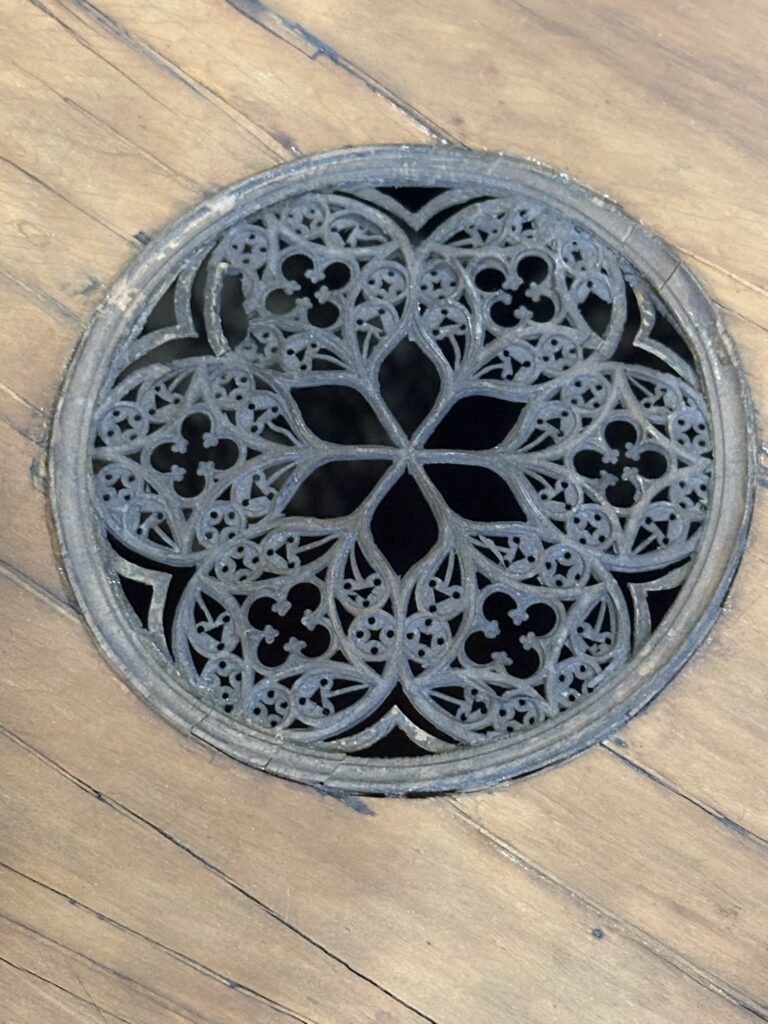
Vito Trasuntino
Venedig, 1560
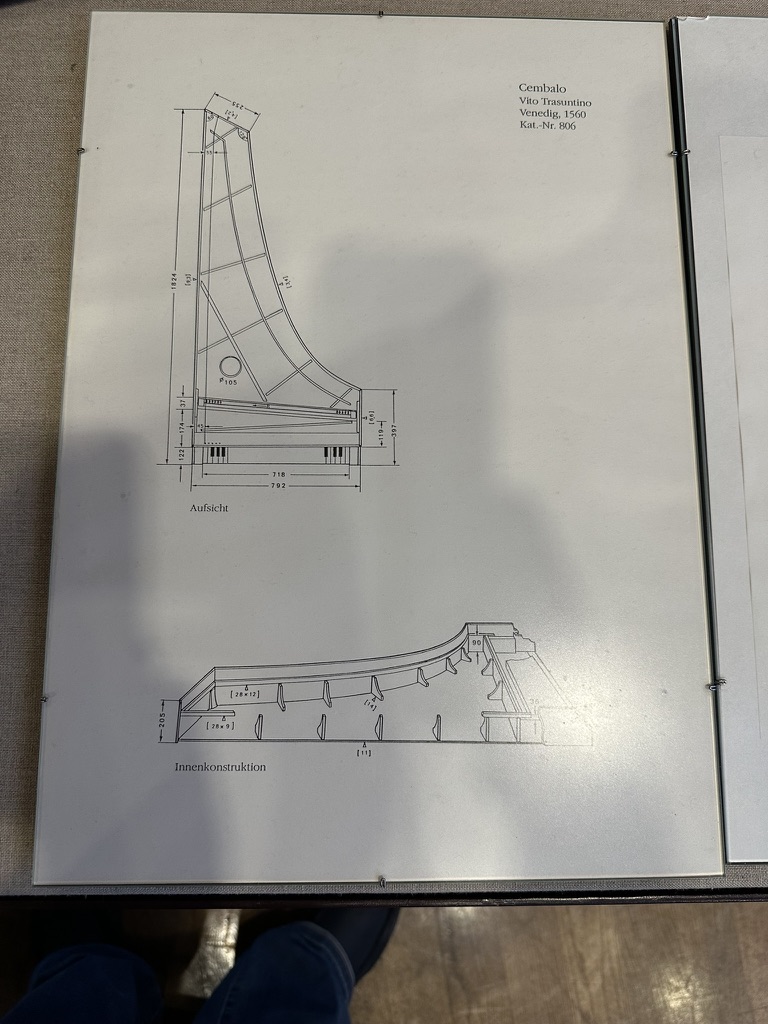
Vito Trasuntino
Venedig, 1560
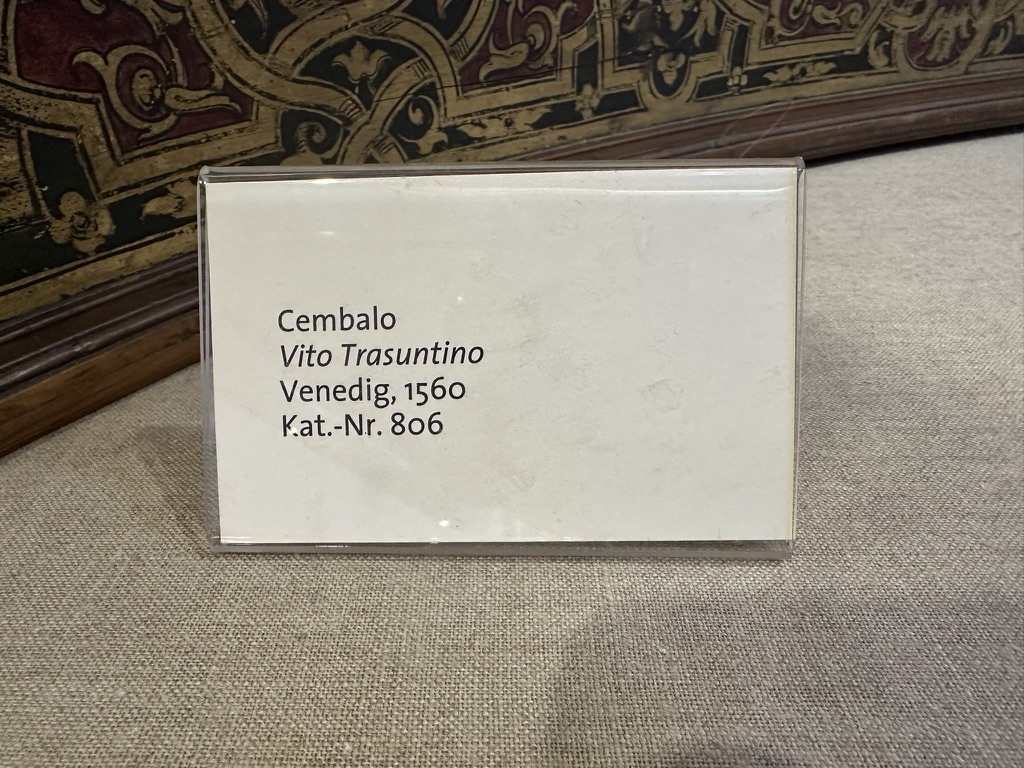
Vito Trasuntino
Venedig, 1560
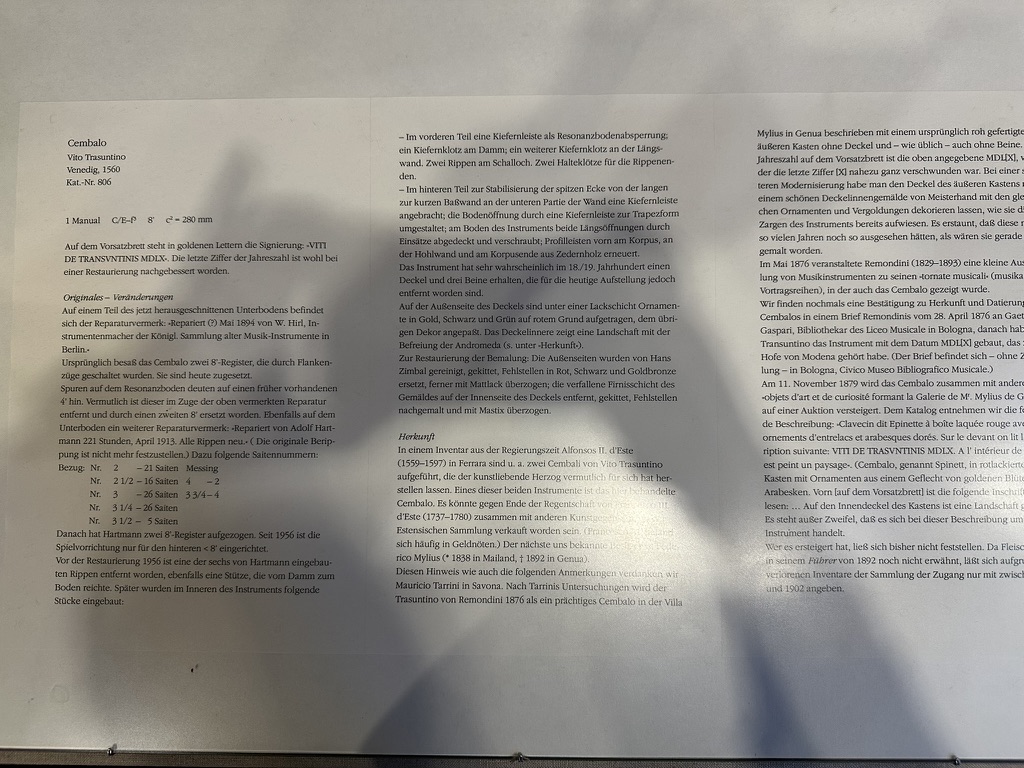
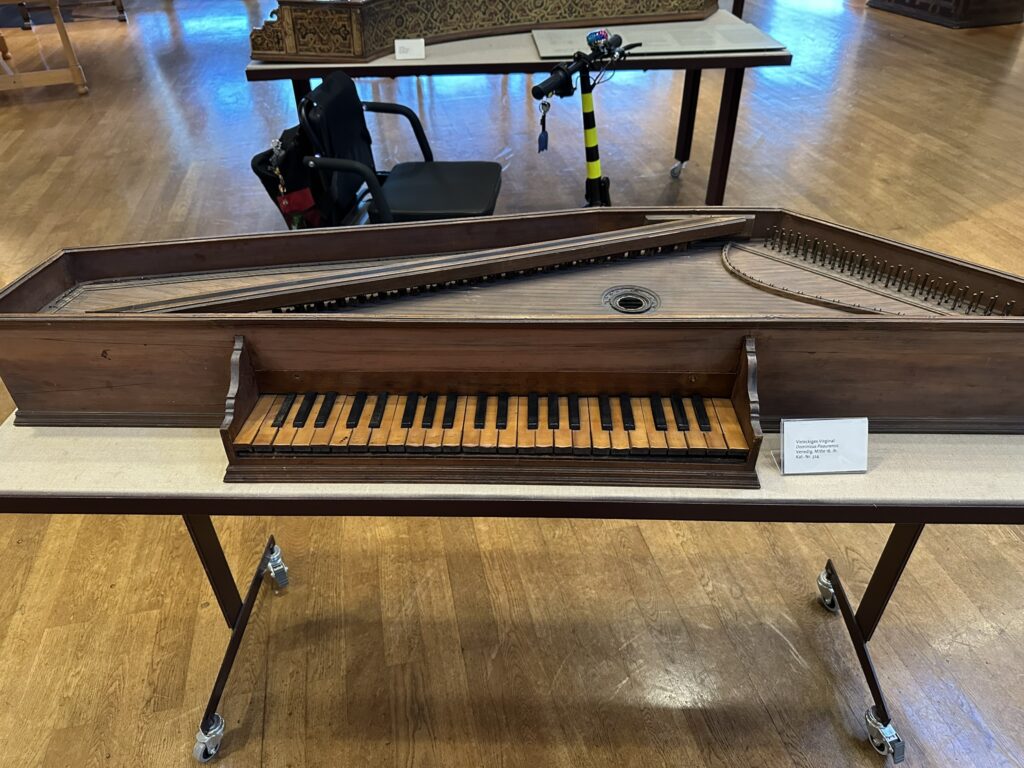
Dominicus Pisaurensis
Venedig, Mid-16th century

Dominicus Pisaurensis
Venedig, Mid-16th century
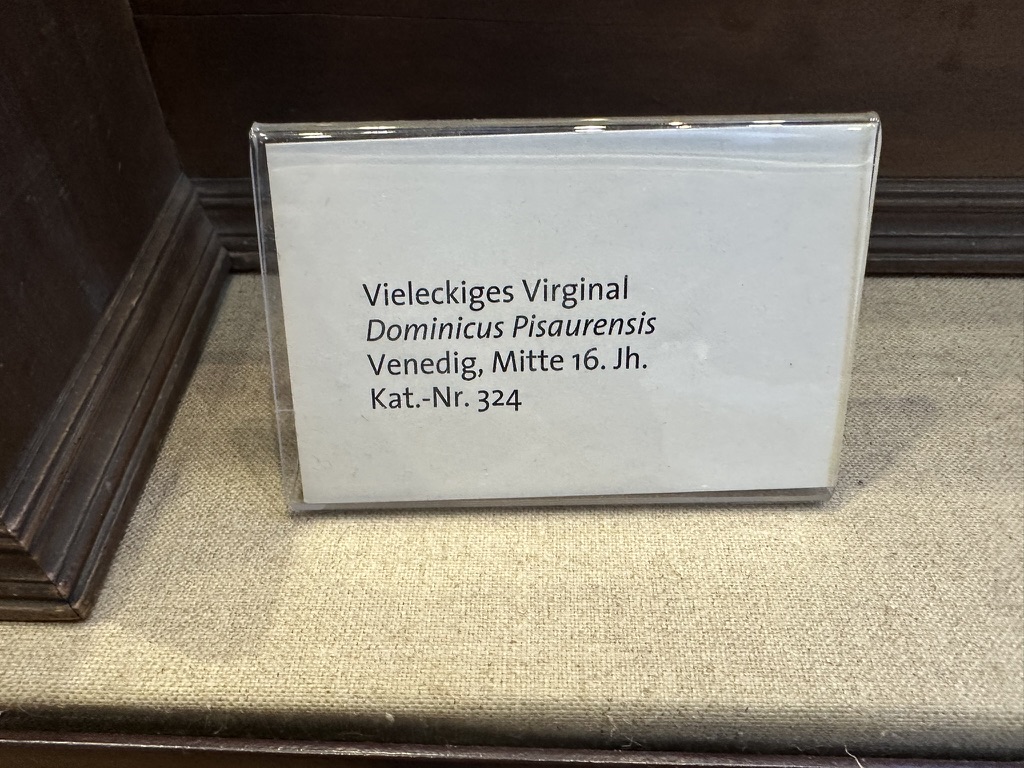
Dominicus Pisaurensis
Venedig, Mid-16th century
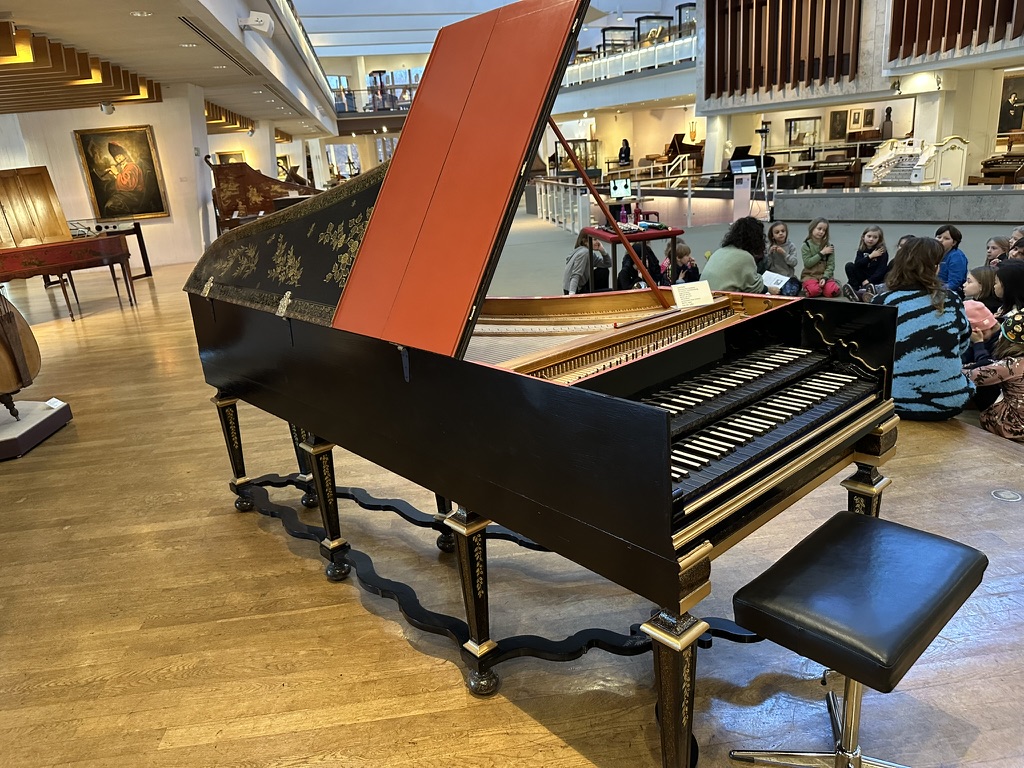
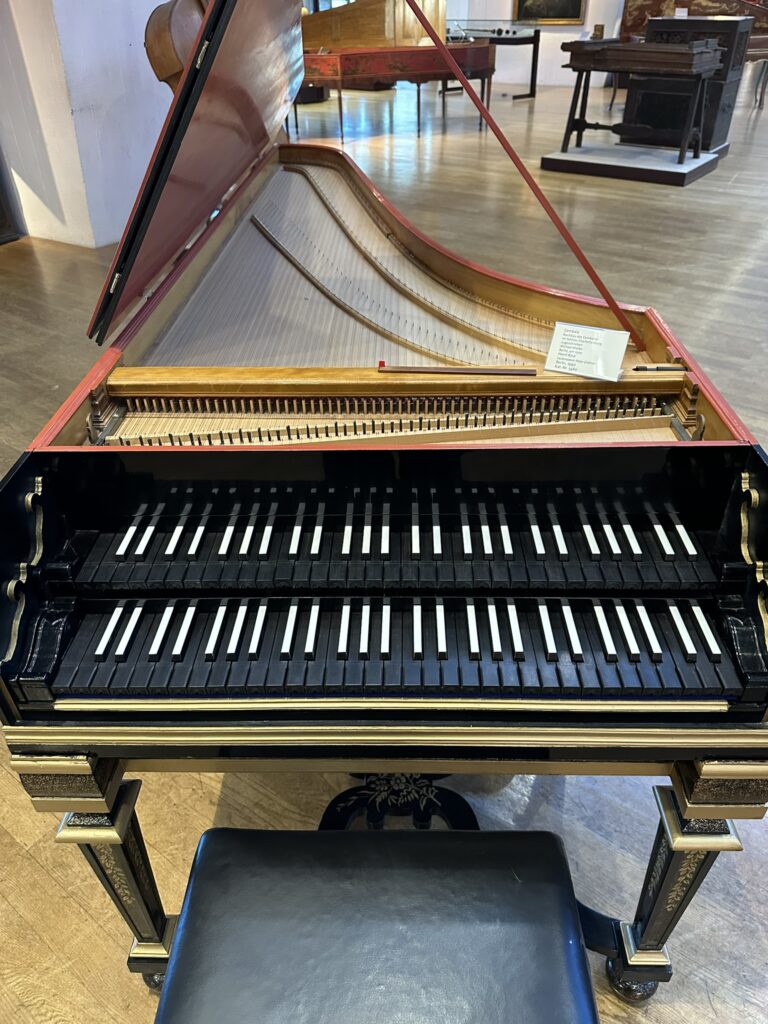

Replica of the two-manual harpsichord by Michael Mietke, Berlin, circa 1710, in Charlottenburg Palace
Berlin, circa 1700 Horst Rase
Lacquer painting: Peter Grämer
Berlin, 1990
Cat. No. 5480
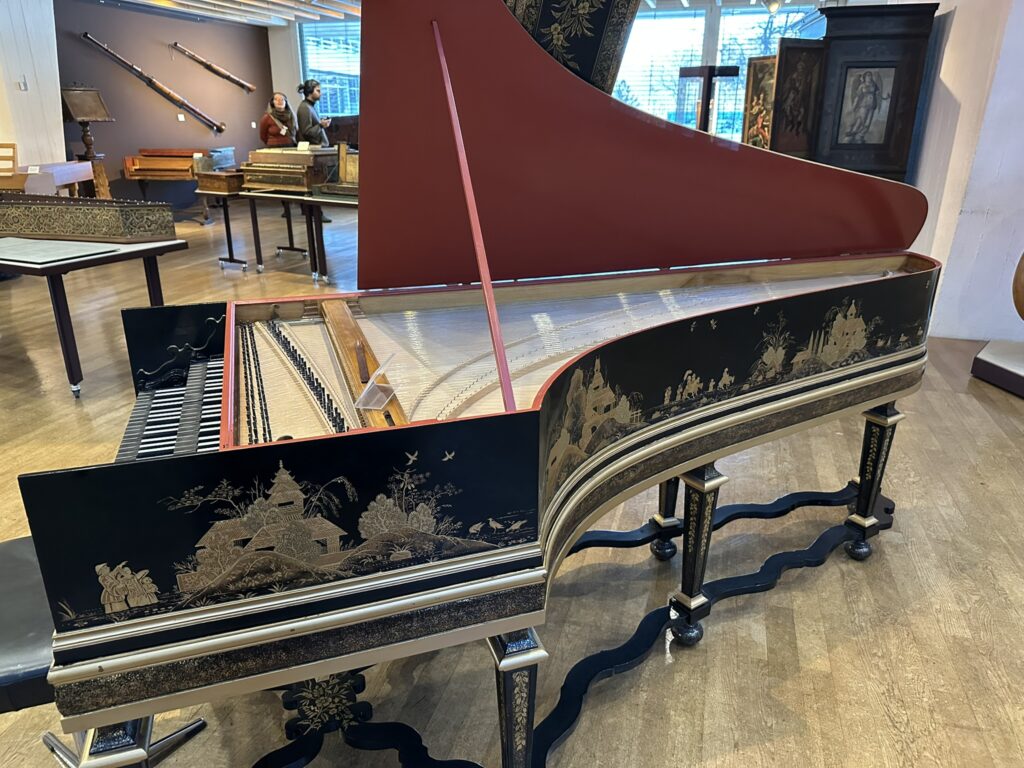
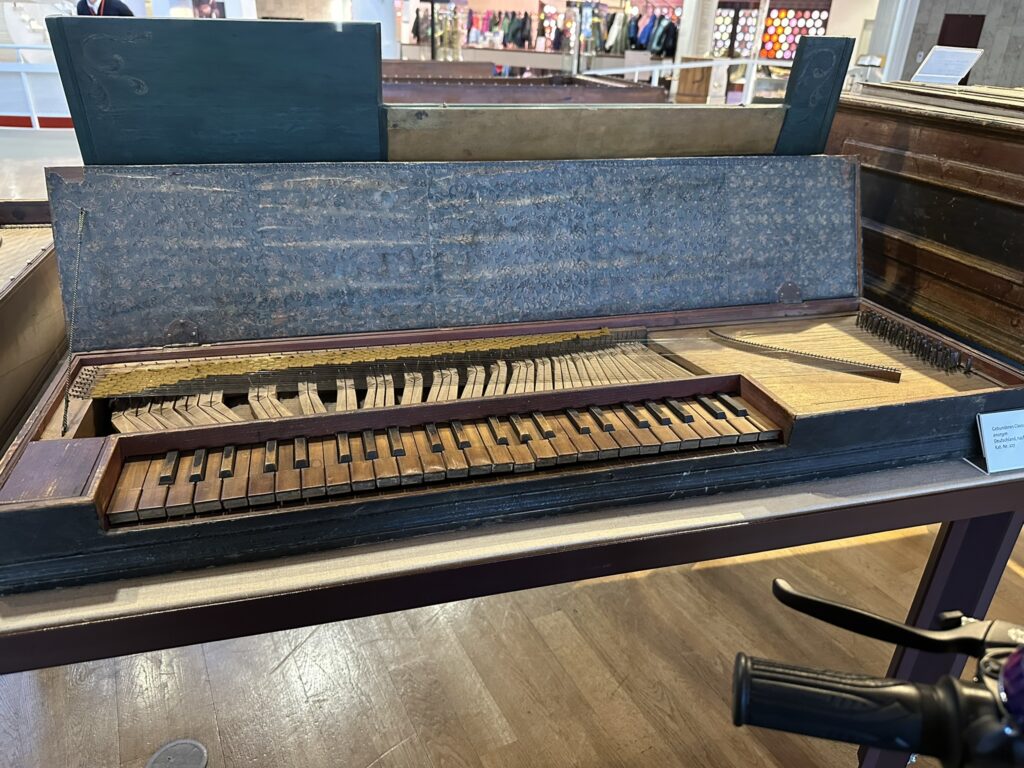
anonymous
Germany, after 1752
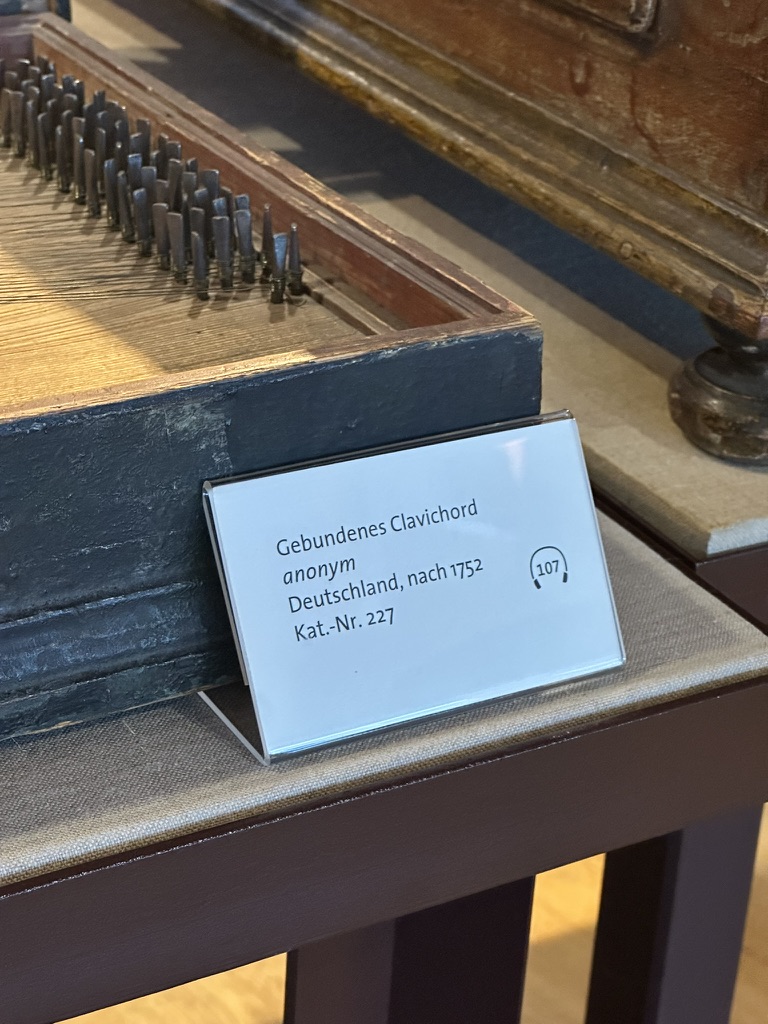
anonymous
Germany, after 1752
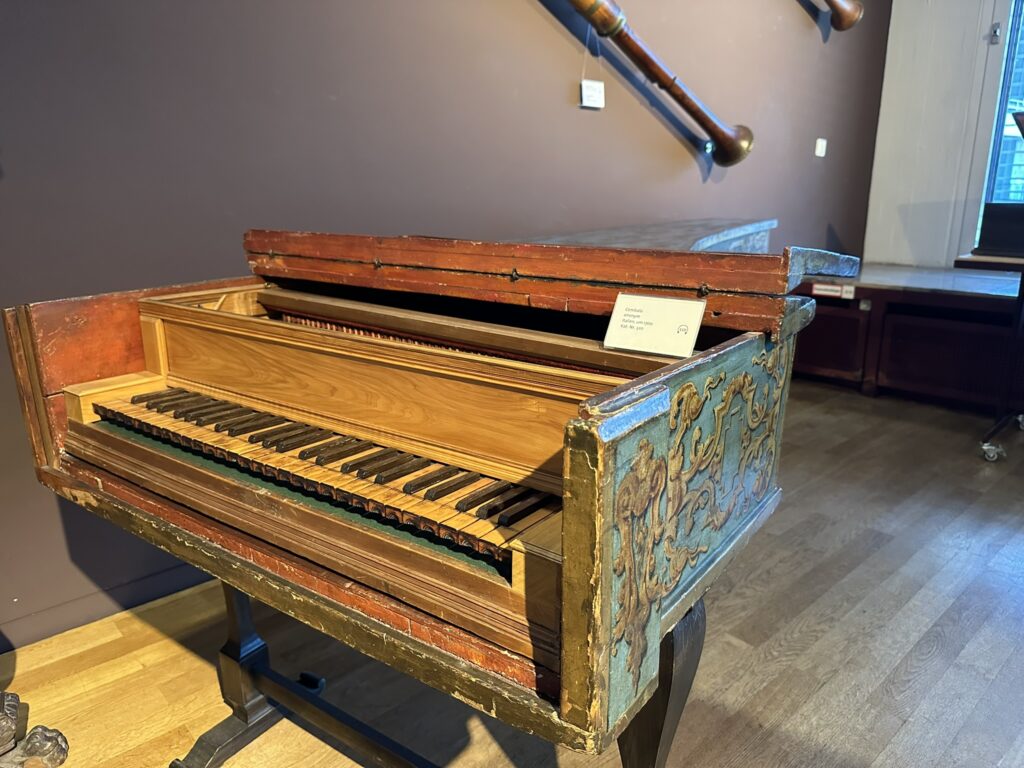
Anonymous
Italy, circa 1700
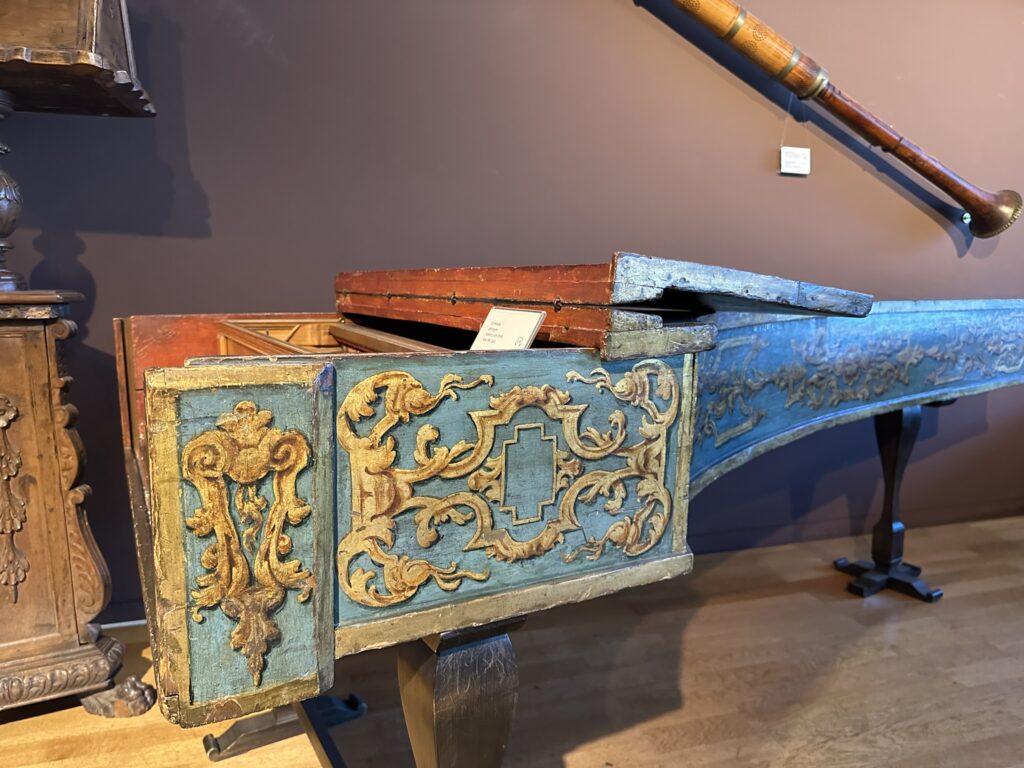
Anonymous
Italy, circa 1700

Anonymous
Italy, circa 1700
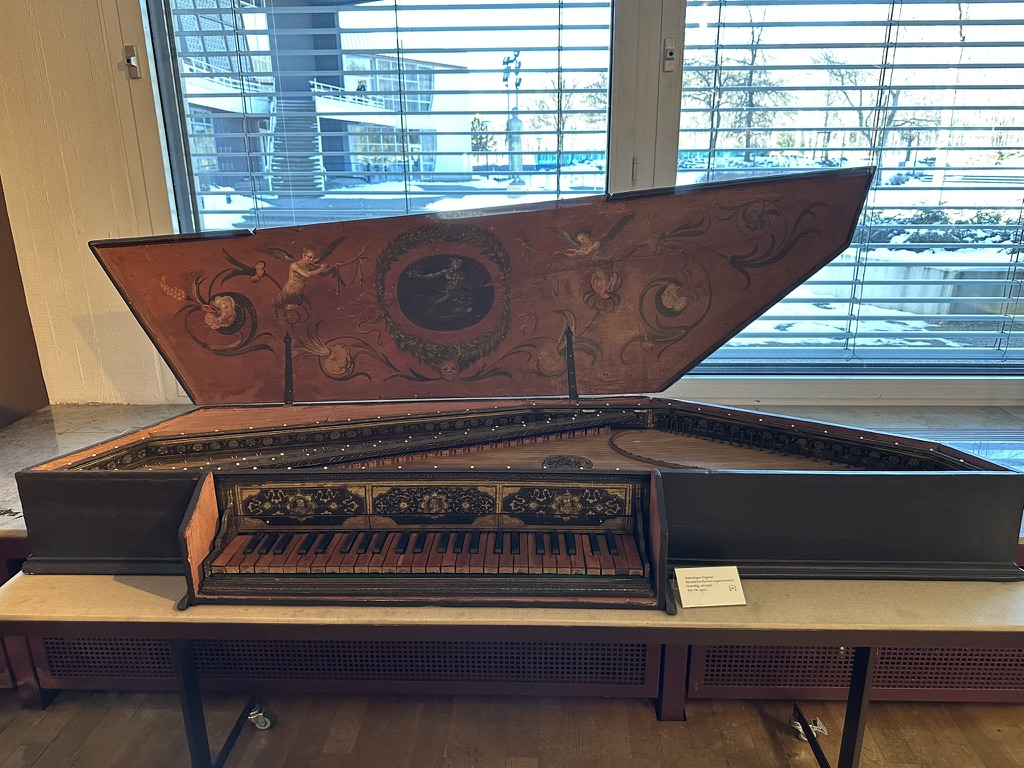
Attributed to Benedetto Floriani
Venice, circa 1570
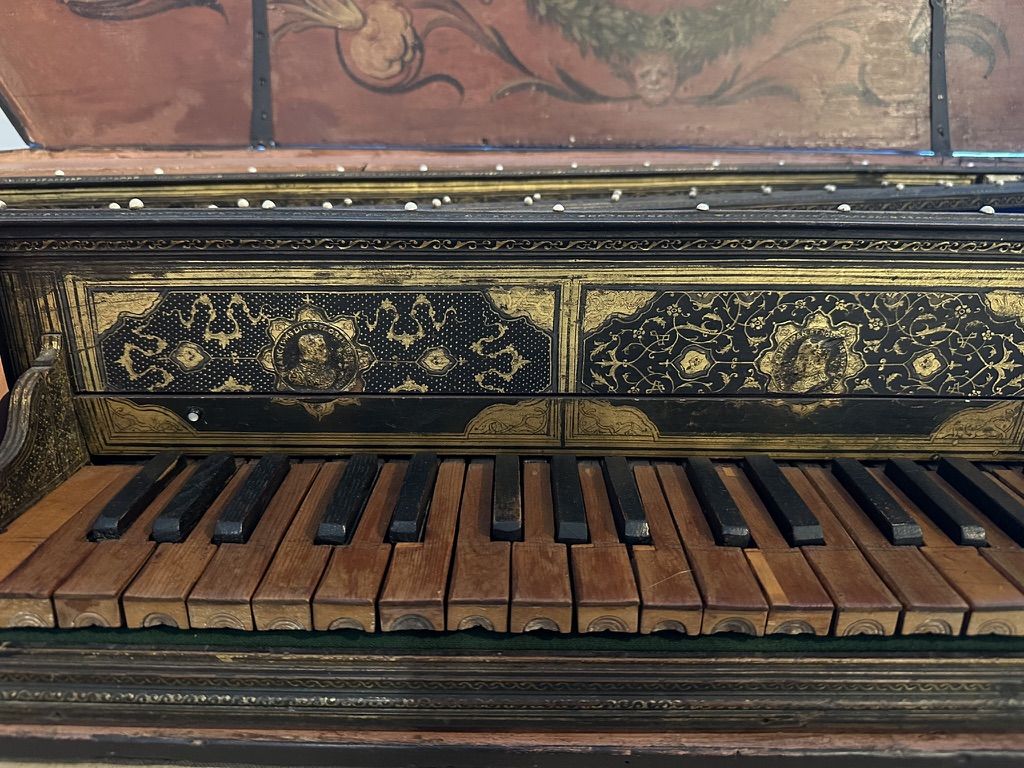
Attributed to Benedetto Floriani
Venice, circa 1570
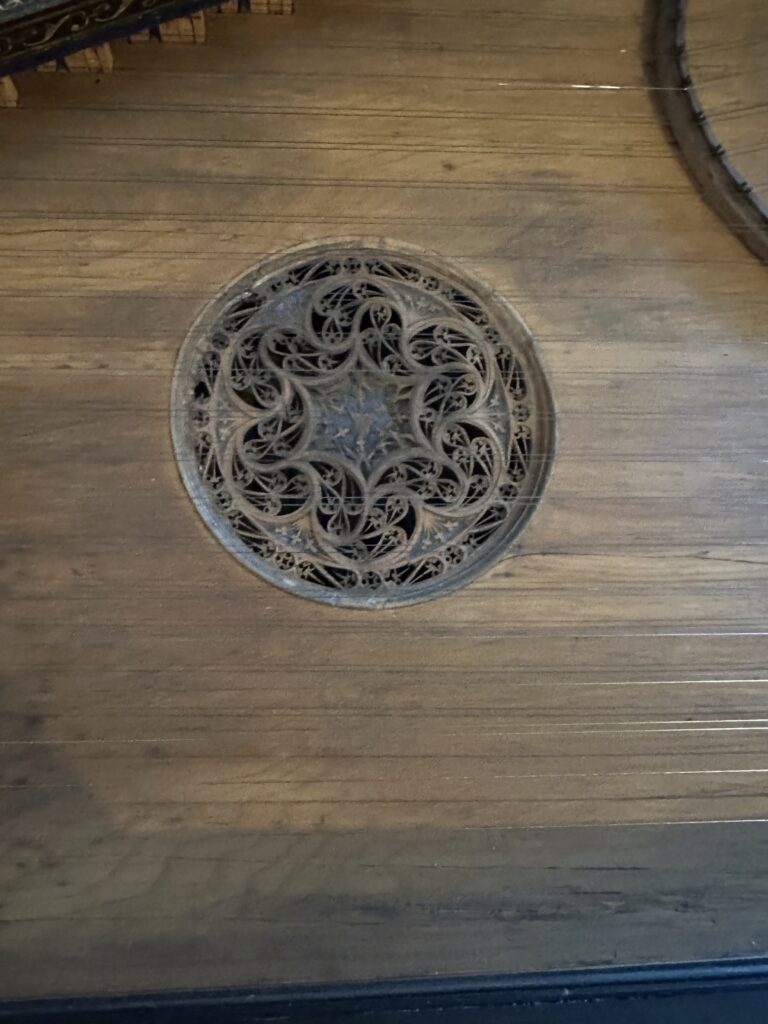
Attributed to Benedetto Floriani
Venice, circa 1570
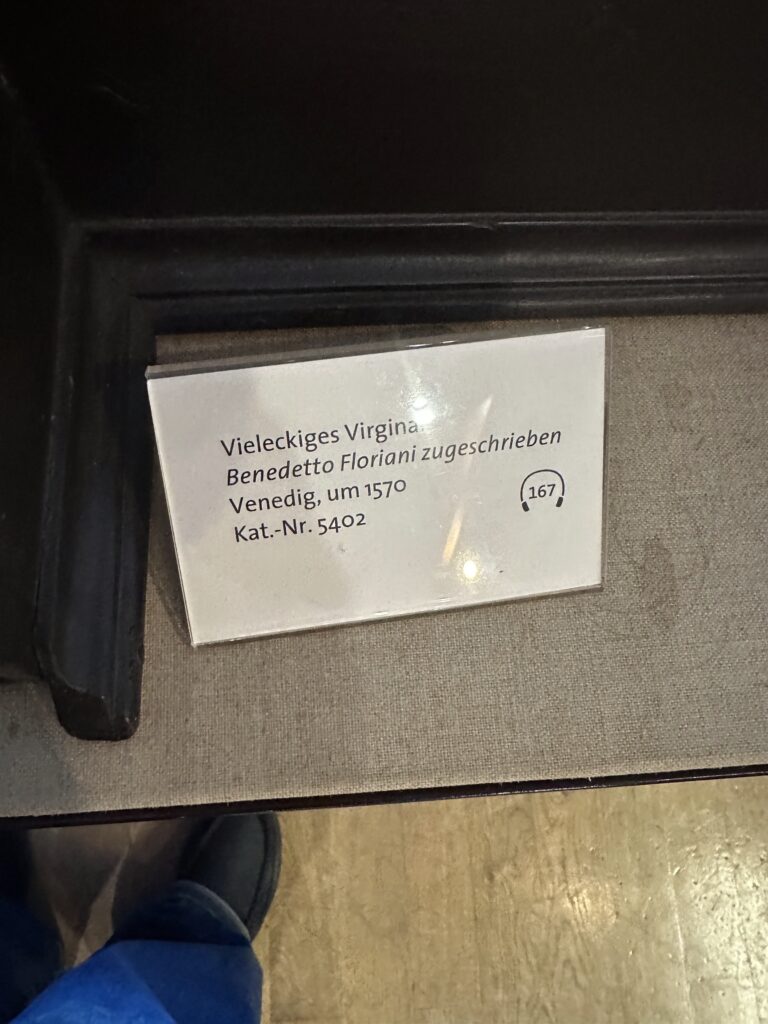
Attributed to Benedetto Floriani
Venice, circa 1570
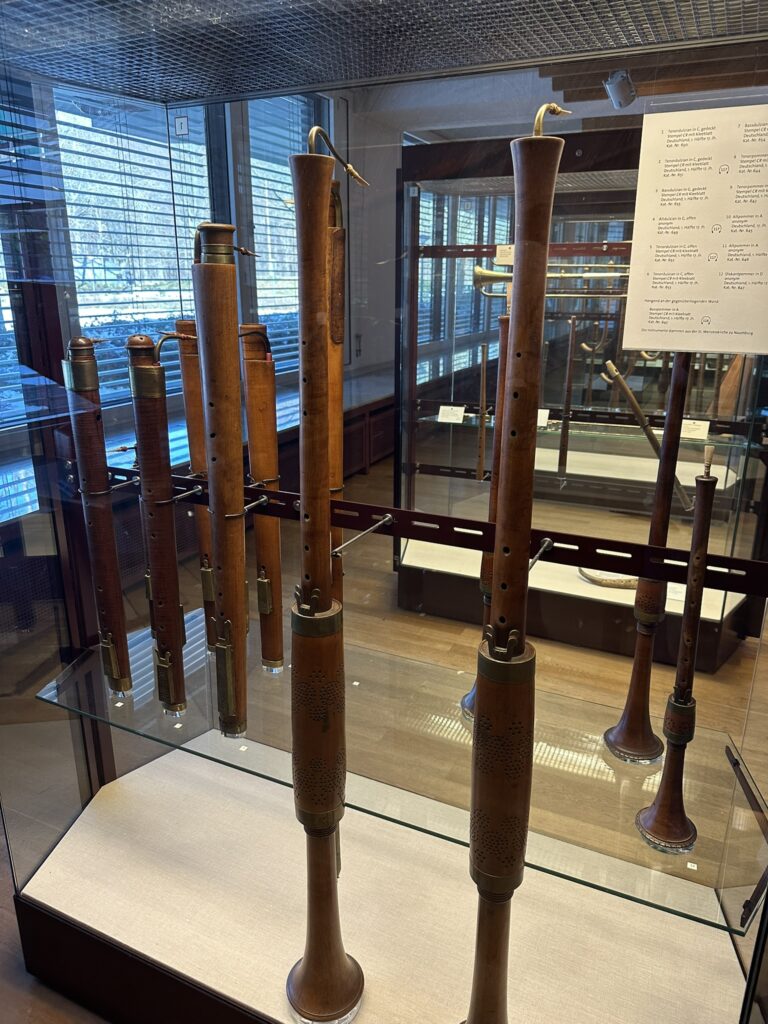
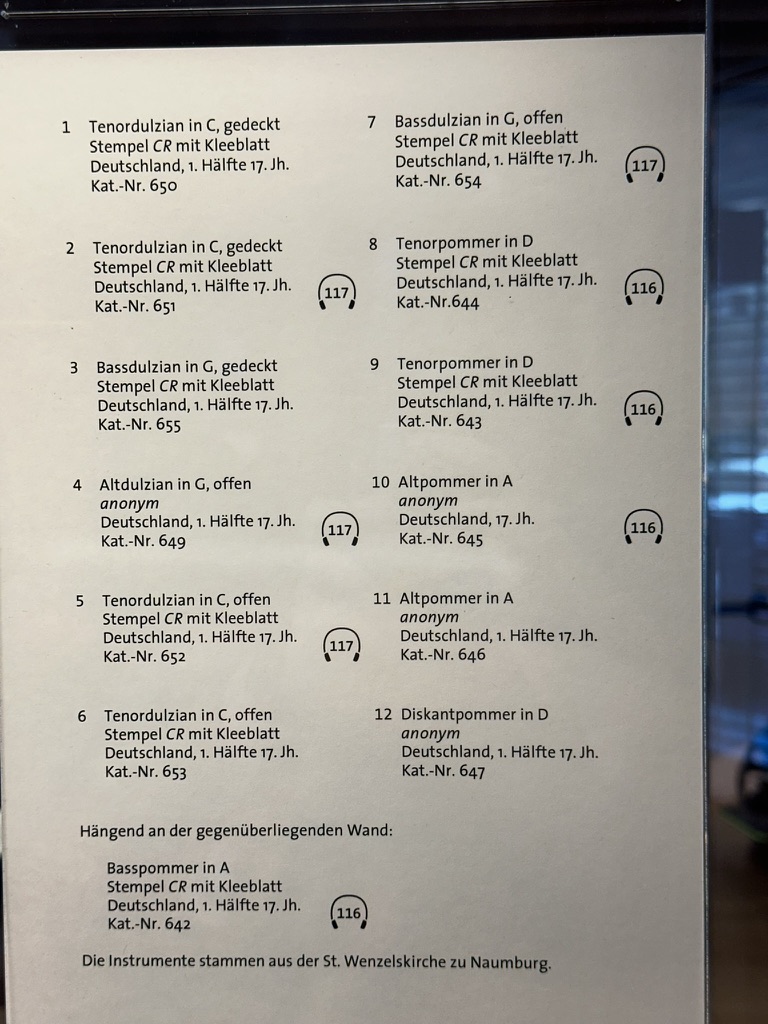
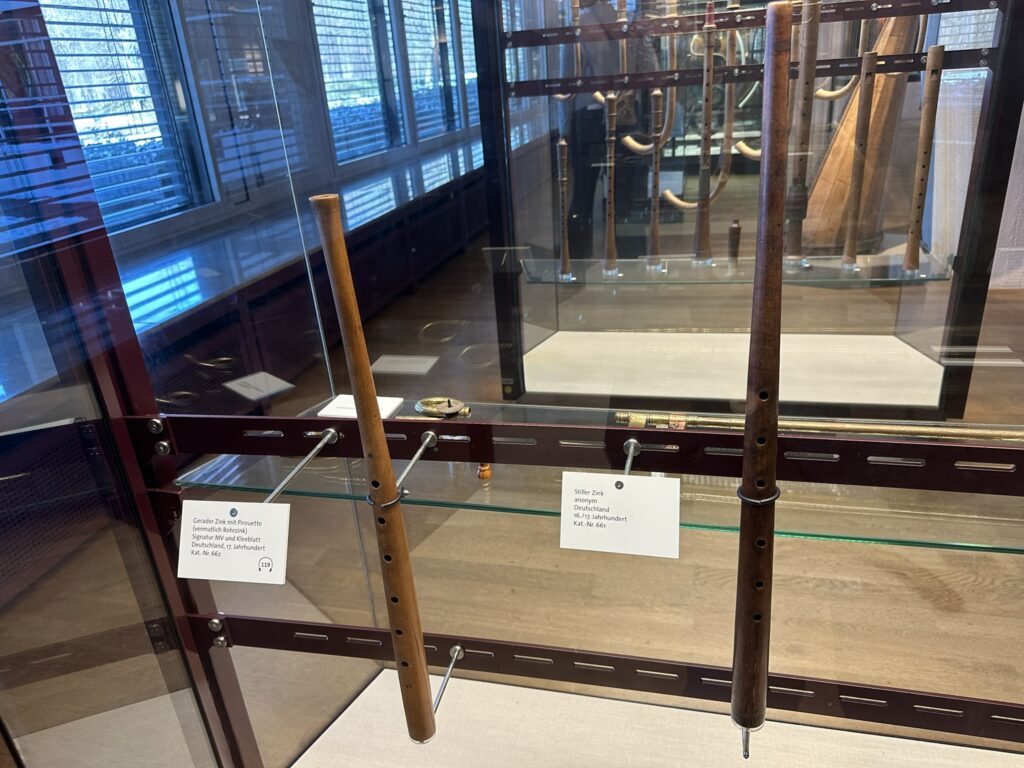
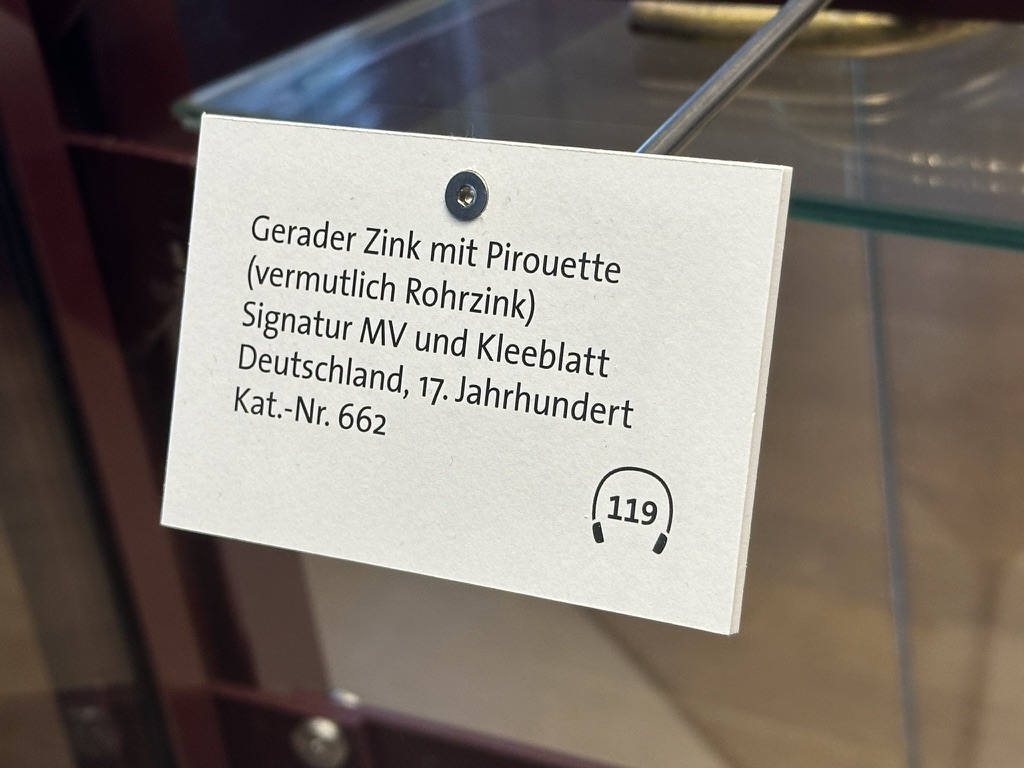
Signature MV and cloverleaf. Germany, 17th century.
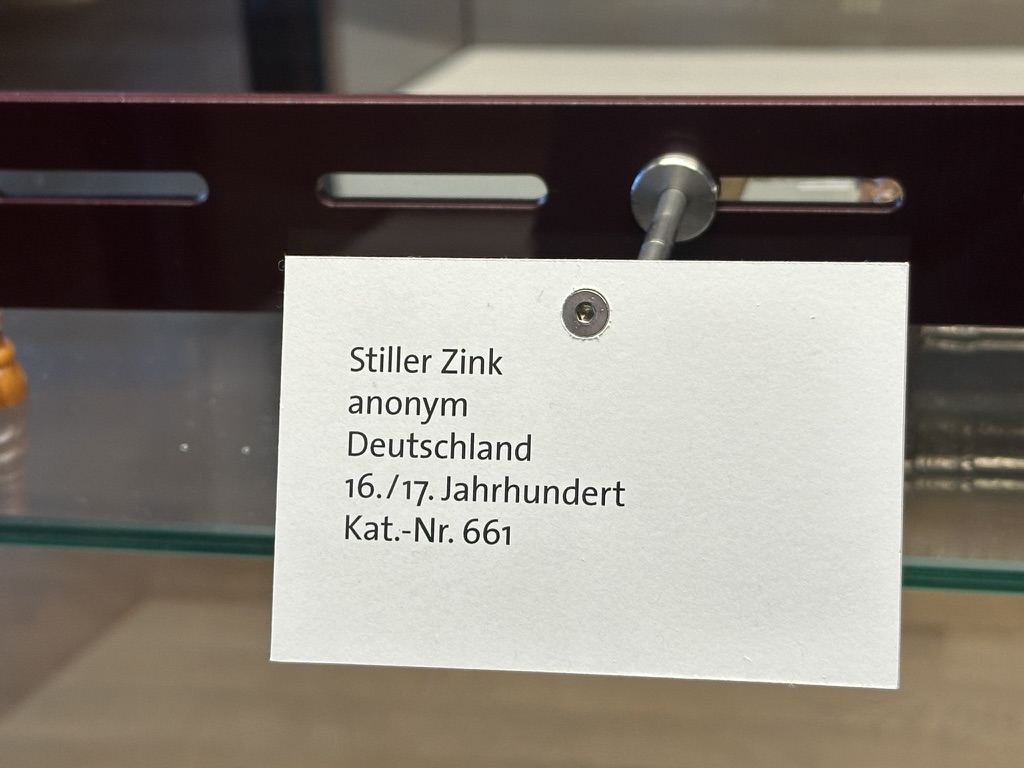
Germany, 16th/17th century
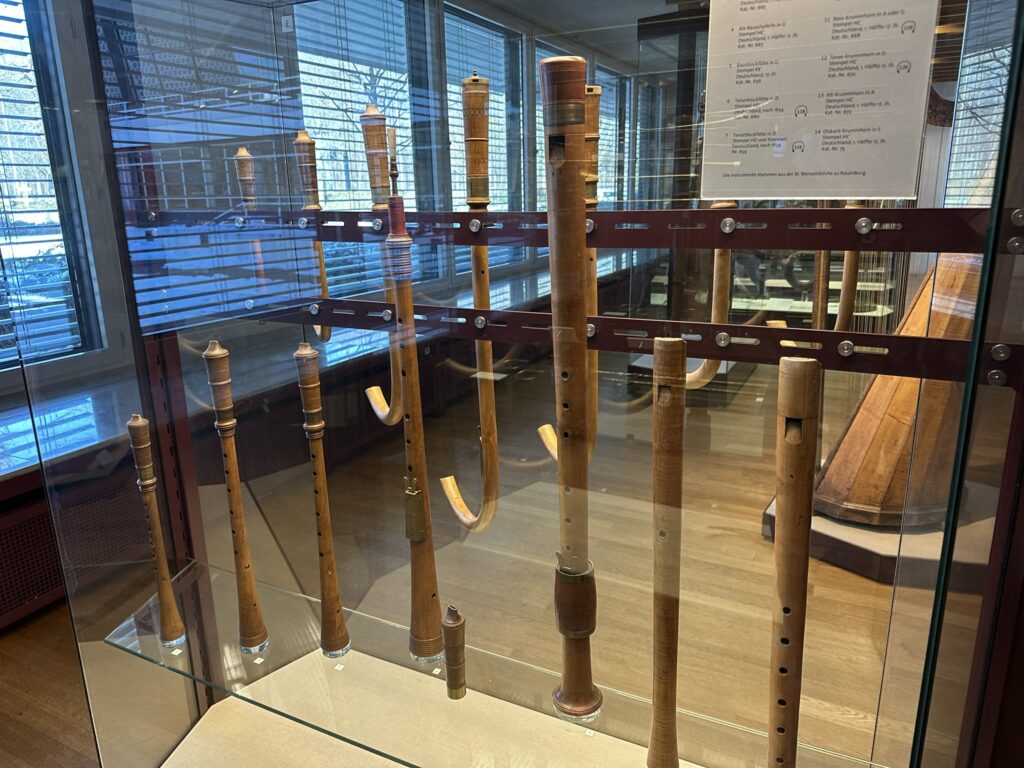
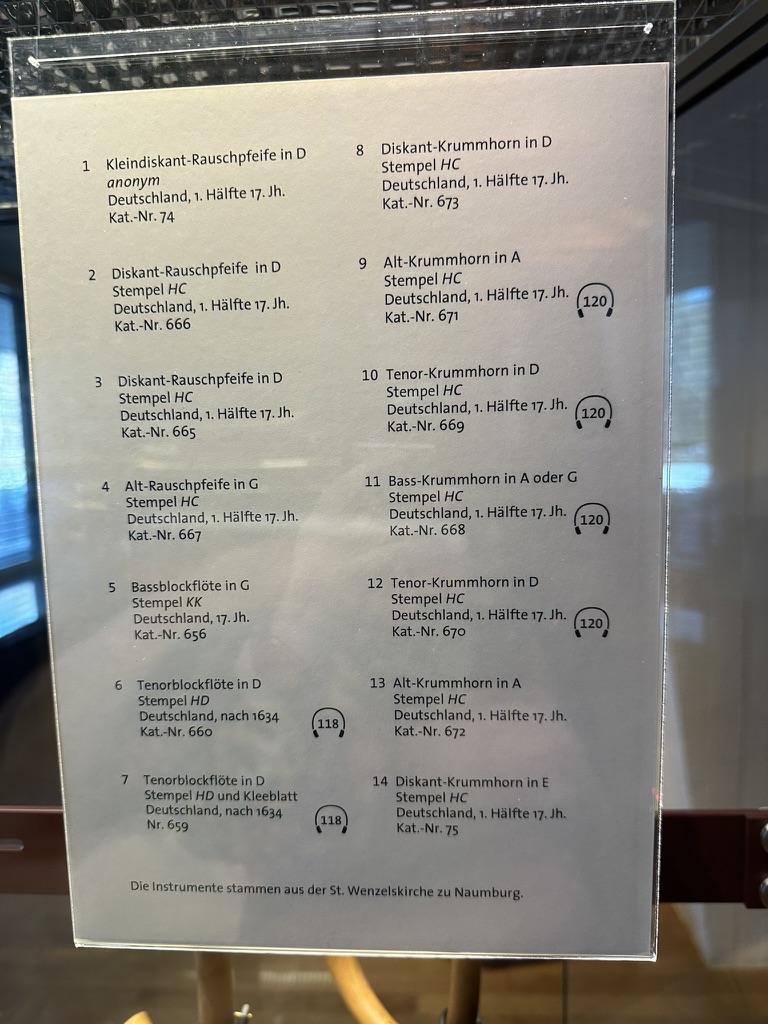
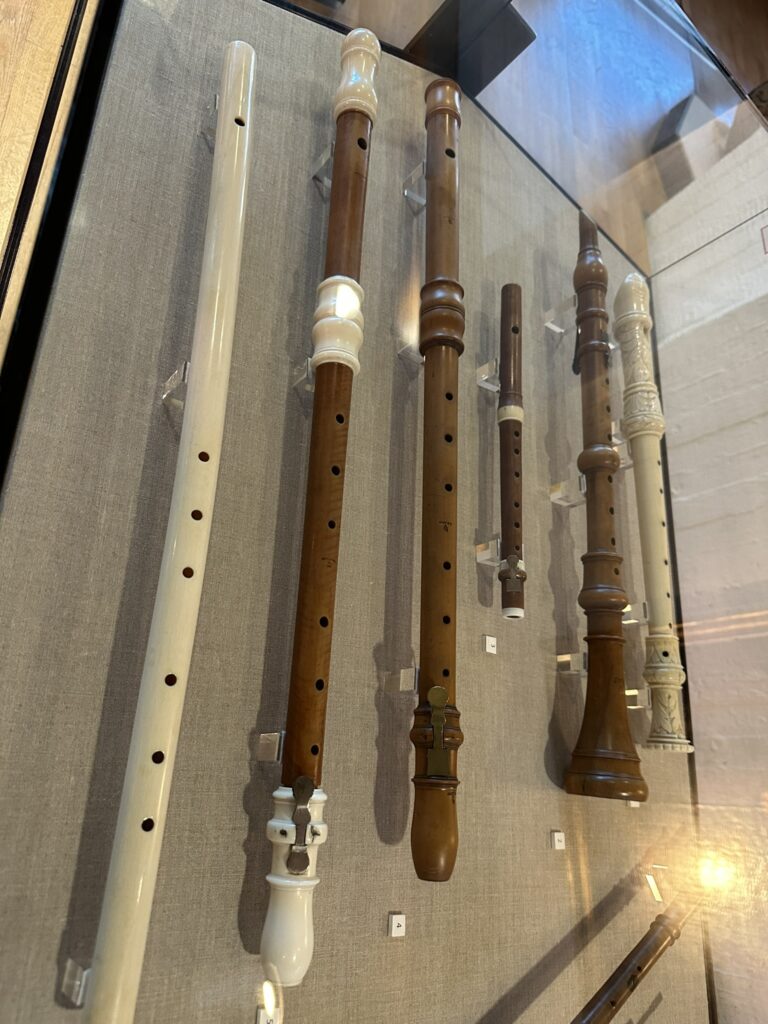
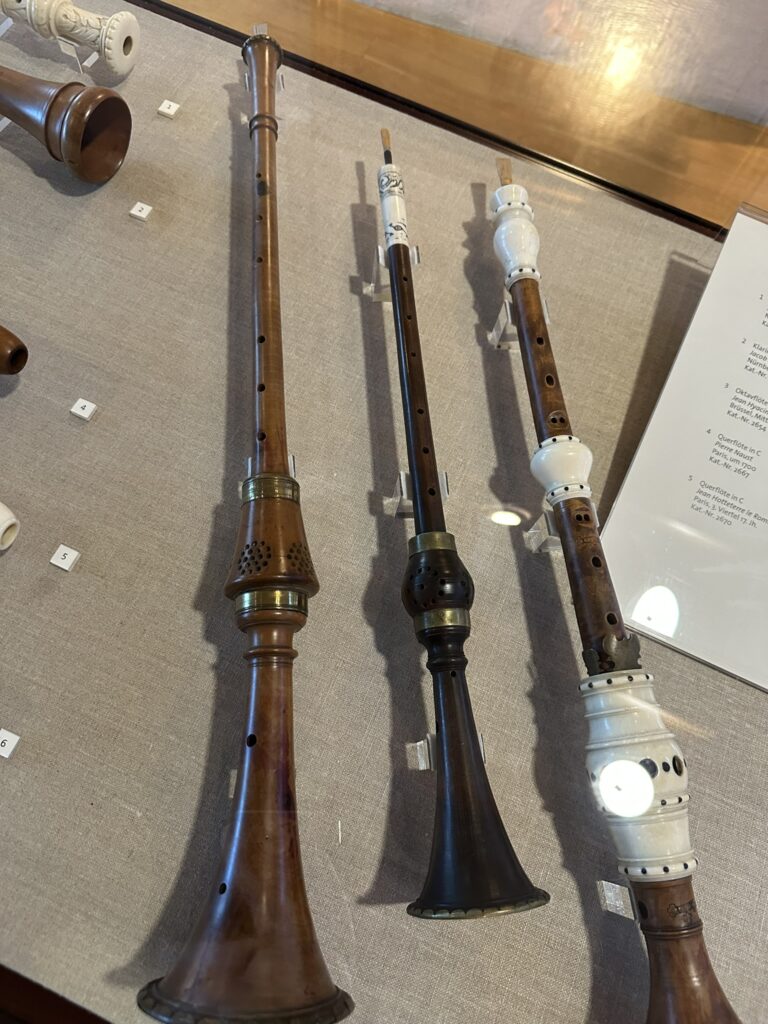
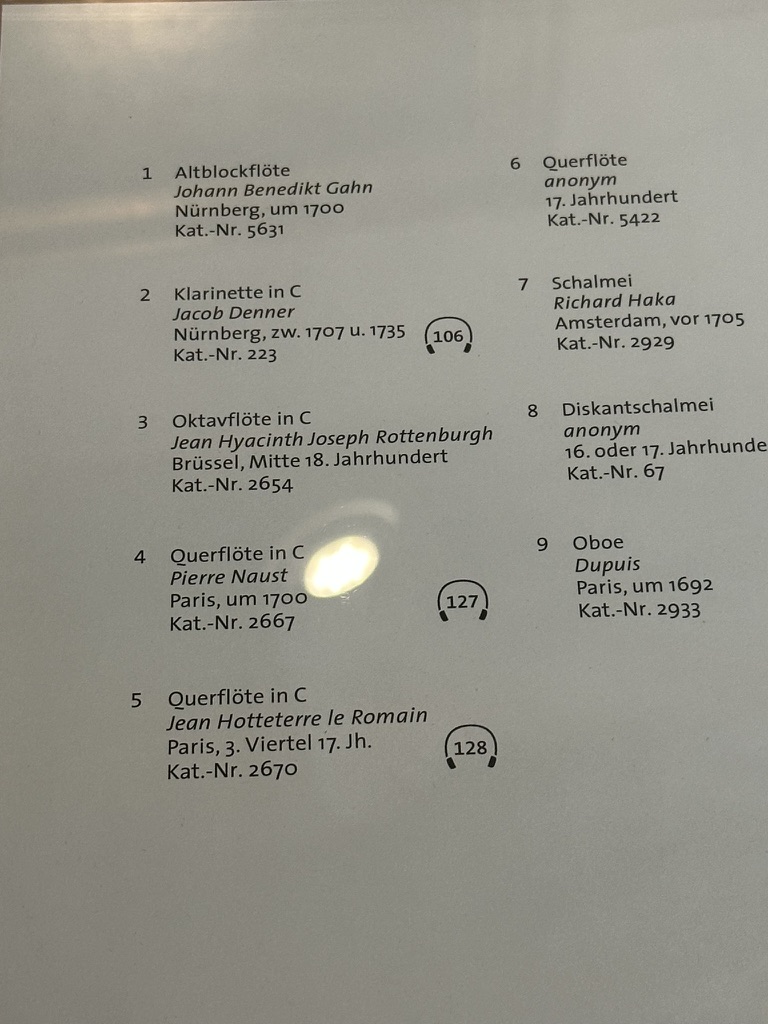
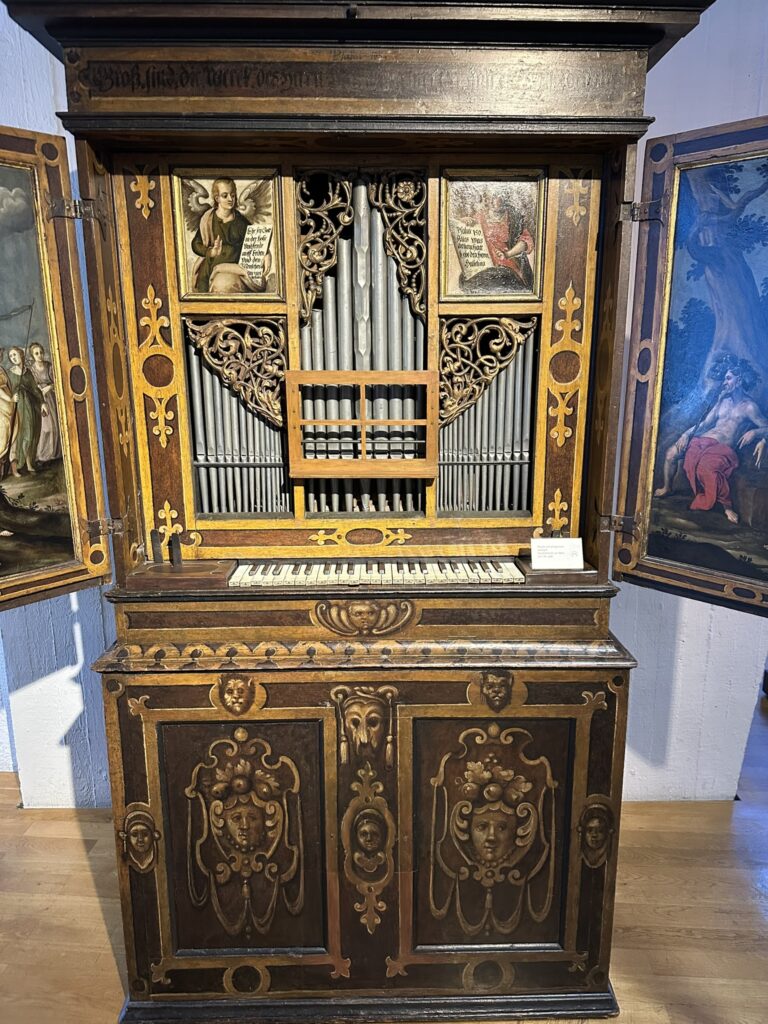
Germany, circa 1600
Cat. No. 4981
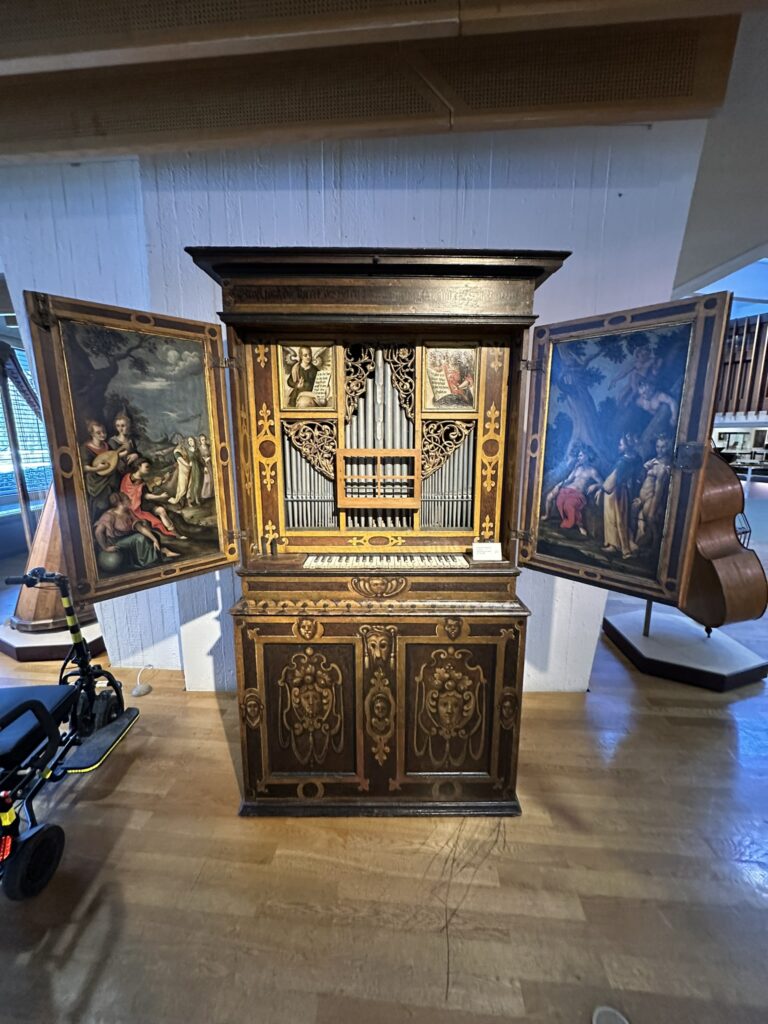
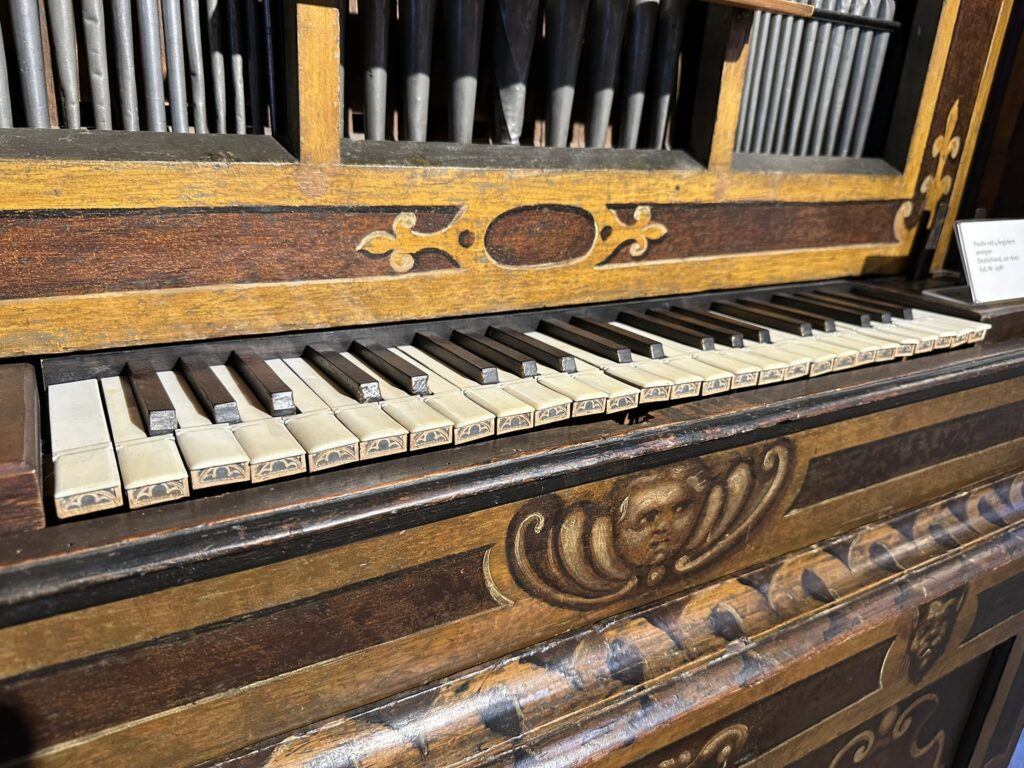
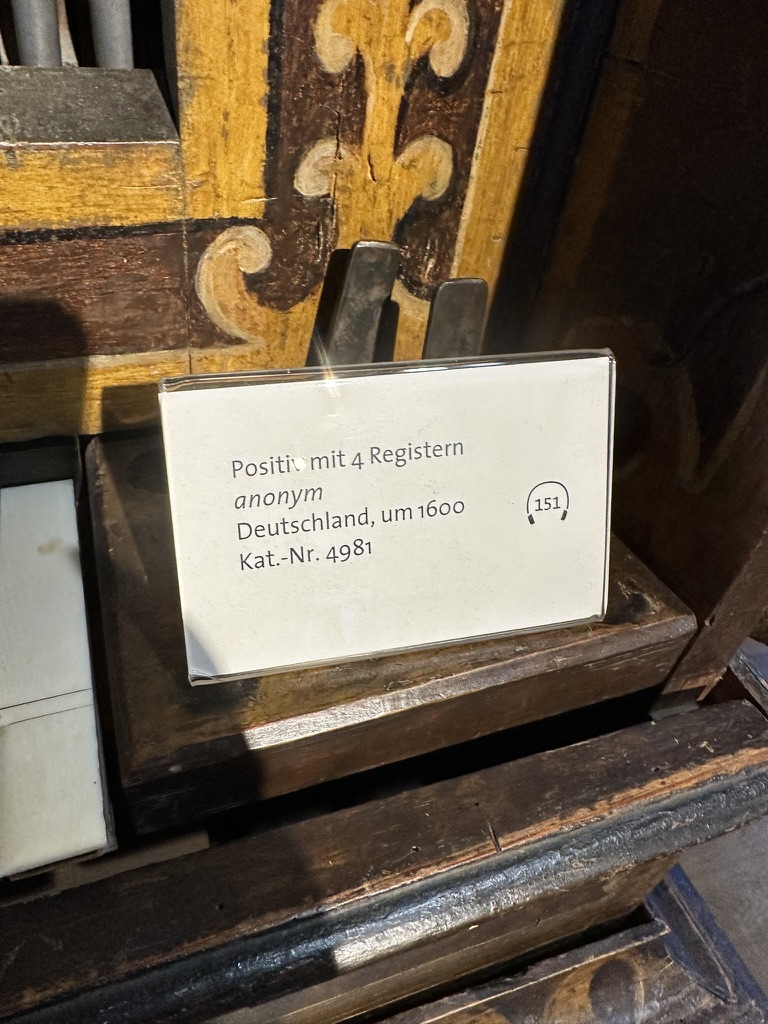
Germany, circa 1600
Cat. No. 4981
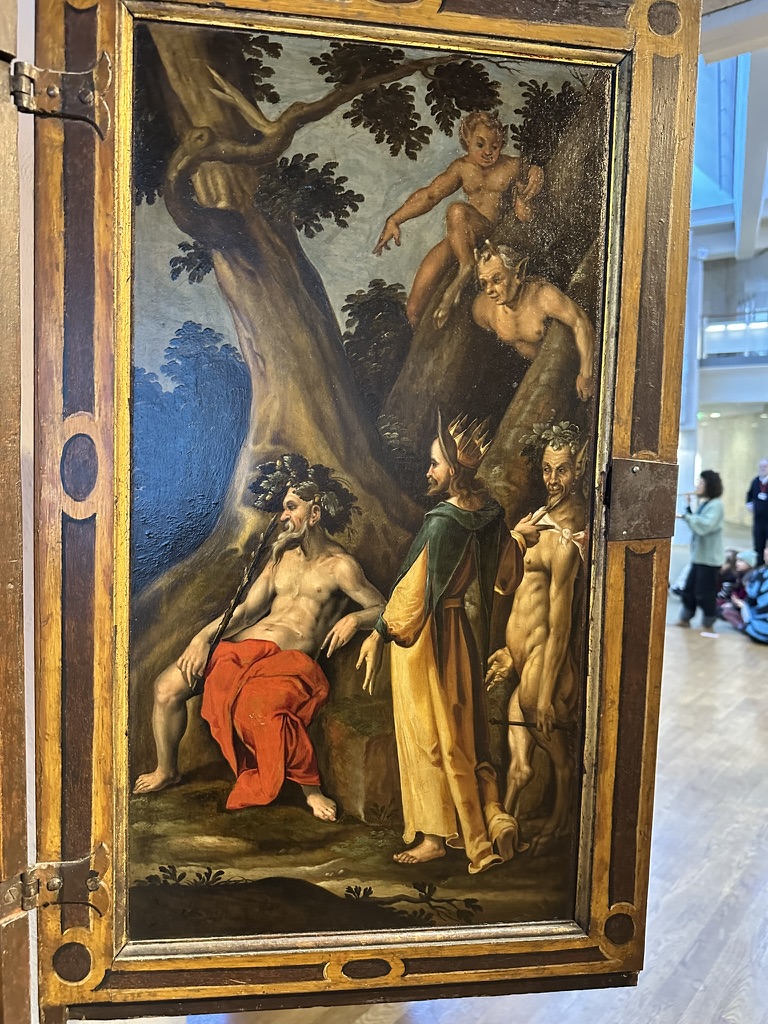
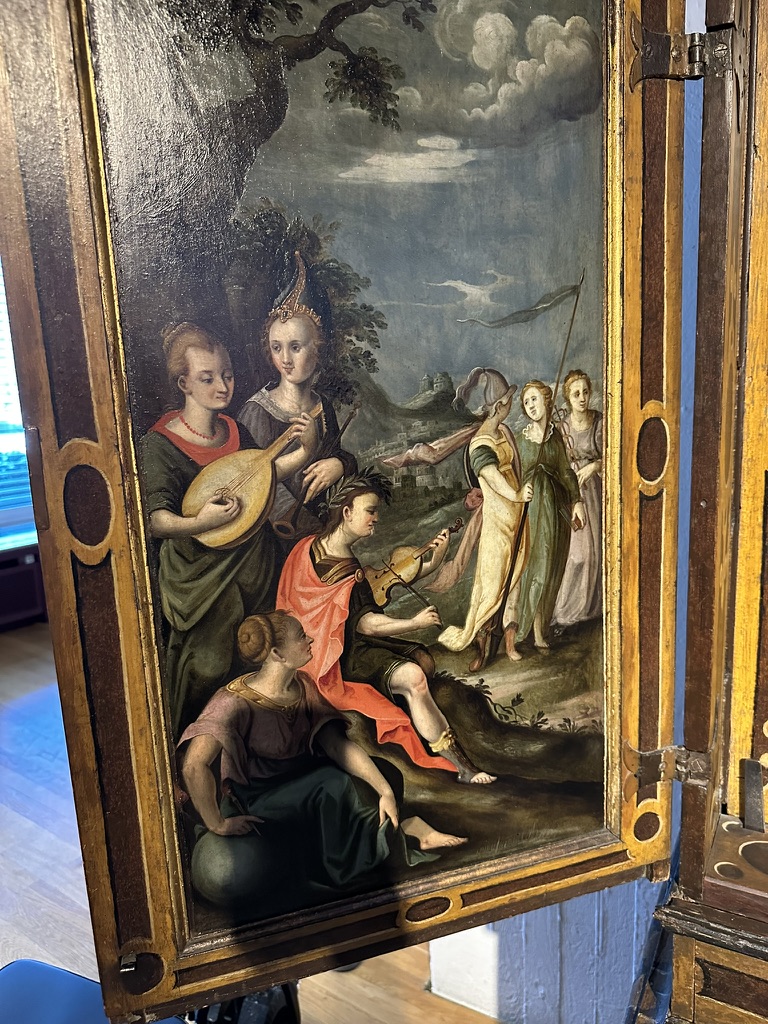
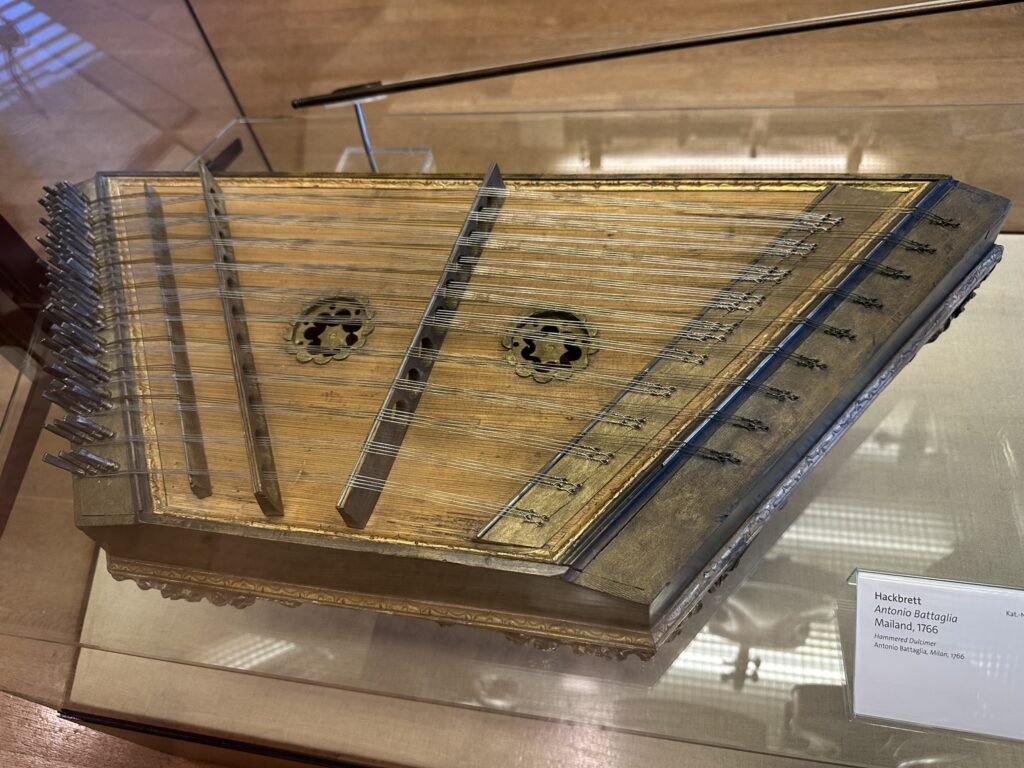
Antonio Battaglia, Milan 1766
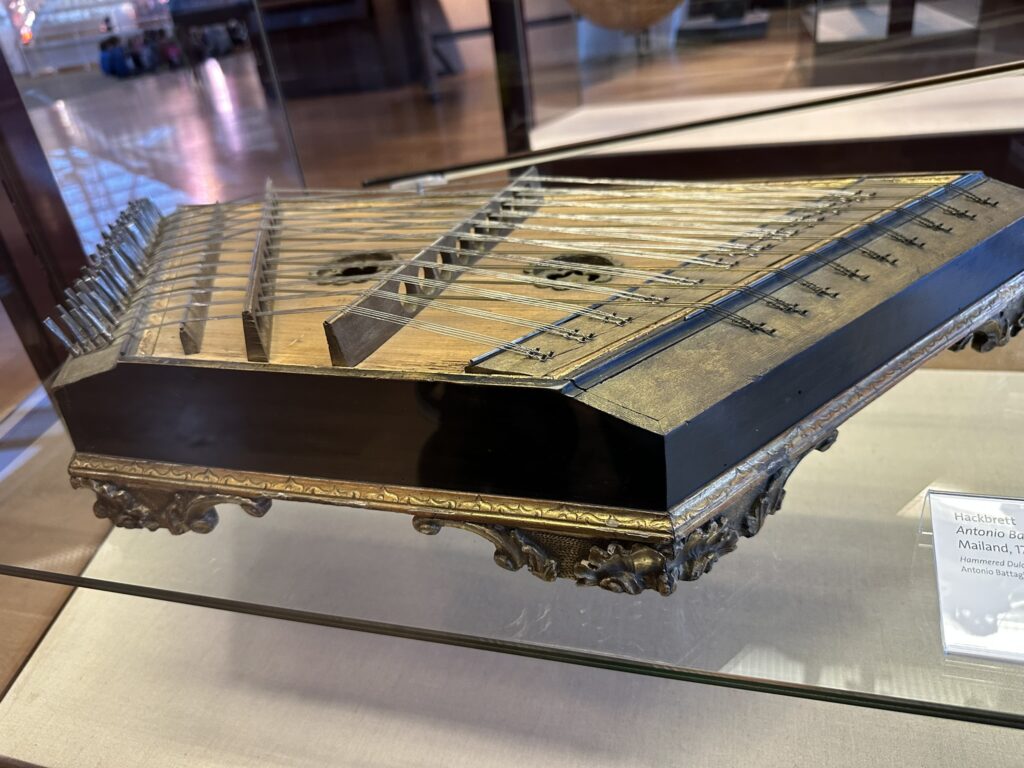
Antonio Battaglia, Milan 1766
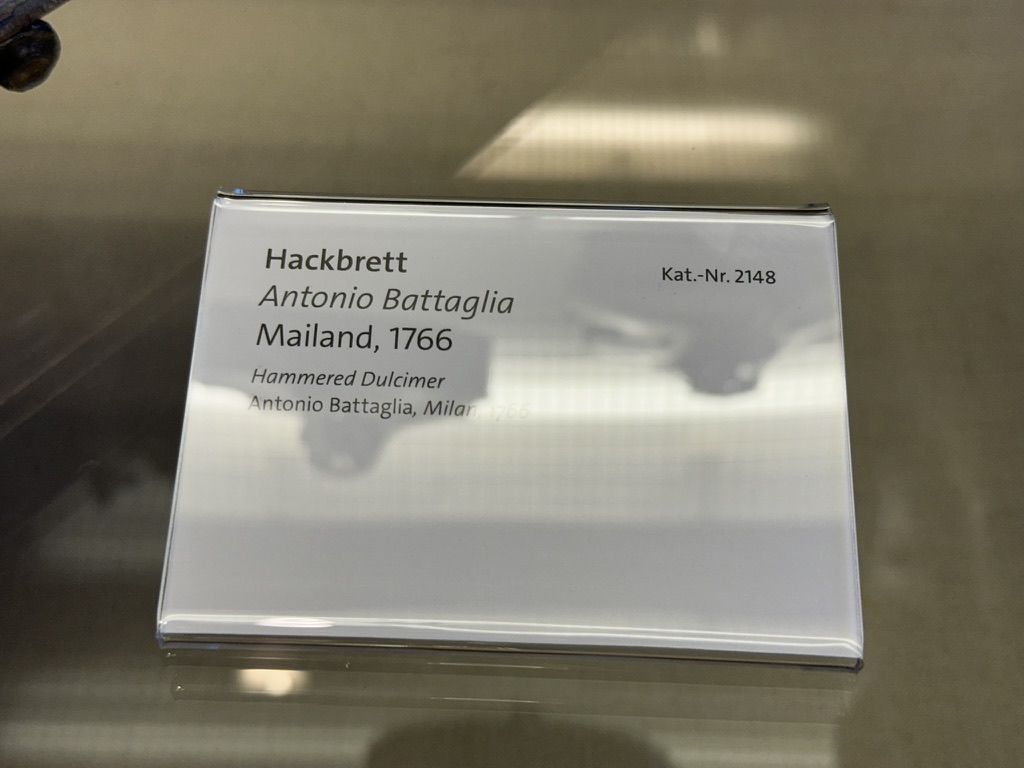
Antonio Battaglia, Milan 1766
Is it time for a whole PIPE ORGAN? You bet it is! Photos were taken by my spouse as I could not safely climb the stairs up. Information on the pipe organ is available here.
- Manufactured by: William & John Gray (1796–1849), musical instrument makers.
- Built: 1810/1825
- Place of Manufacture: London
- Historical Location: Bathwick, St. Mary’s Church
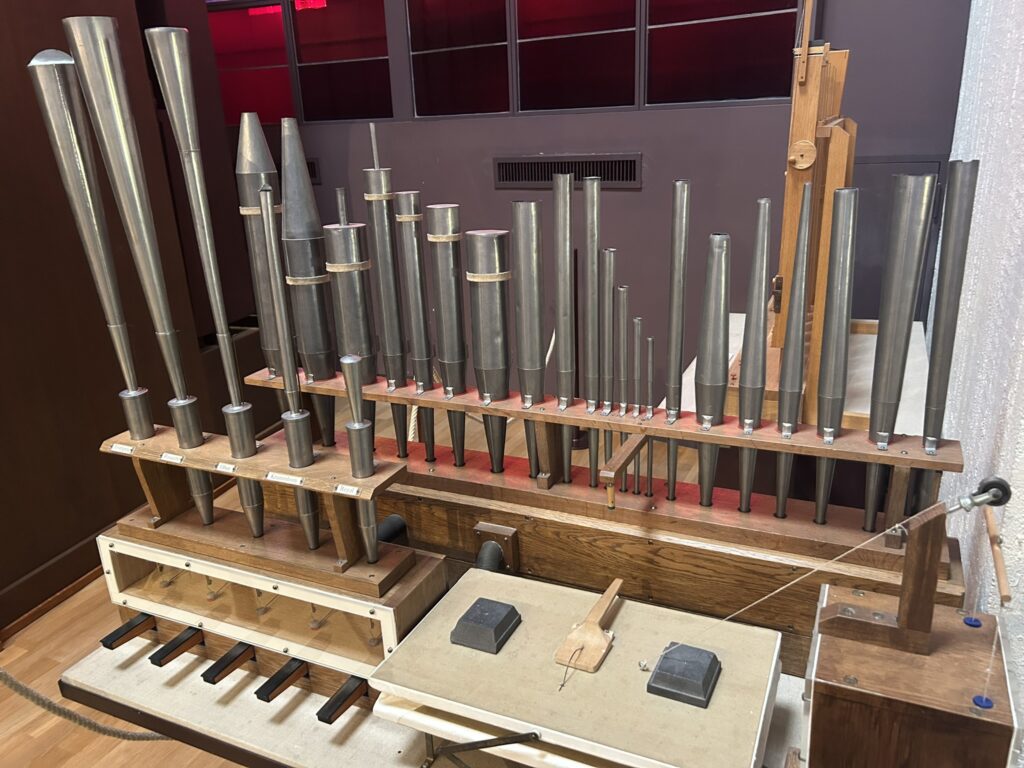
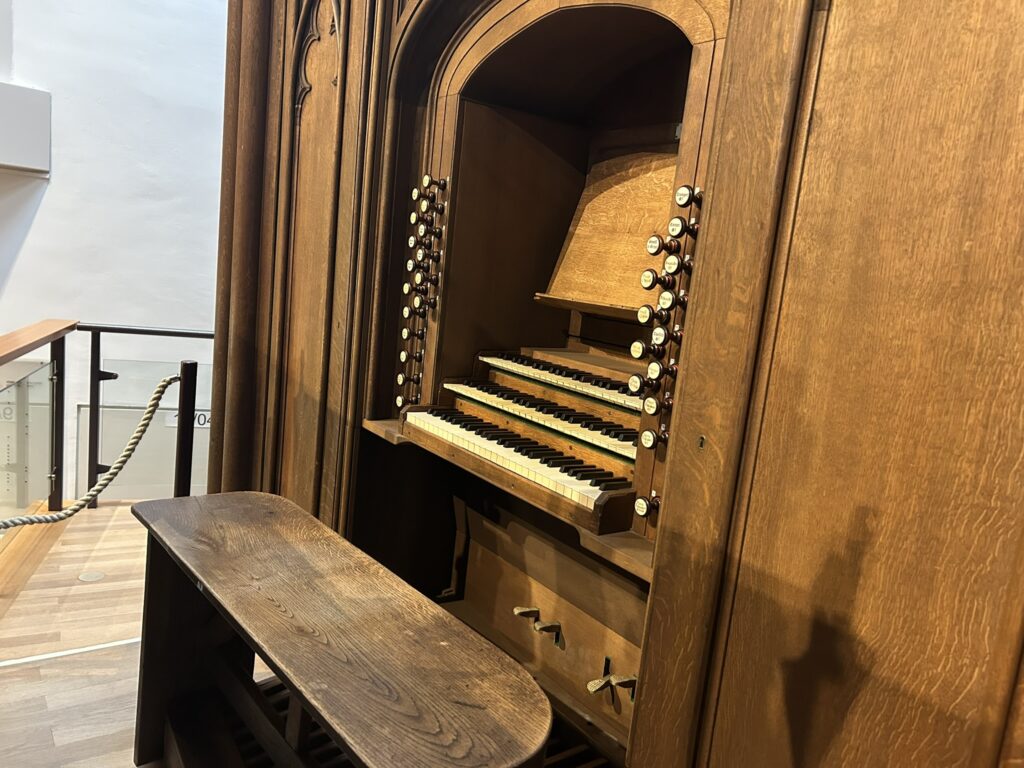
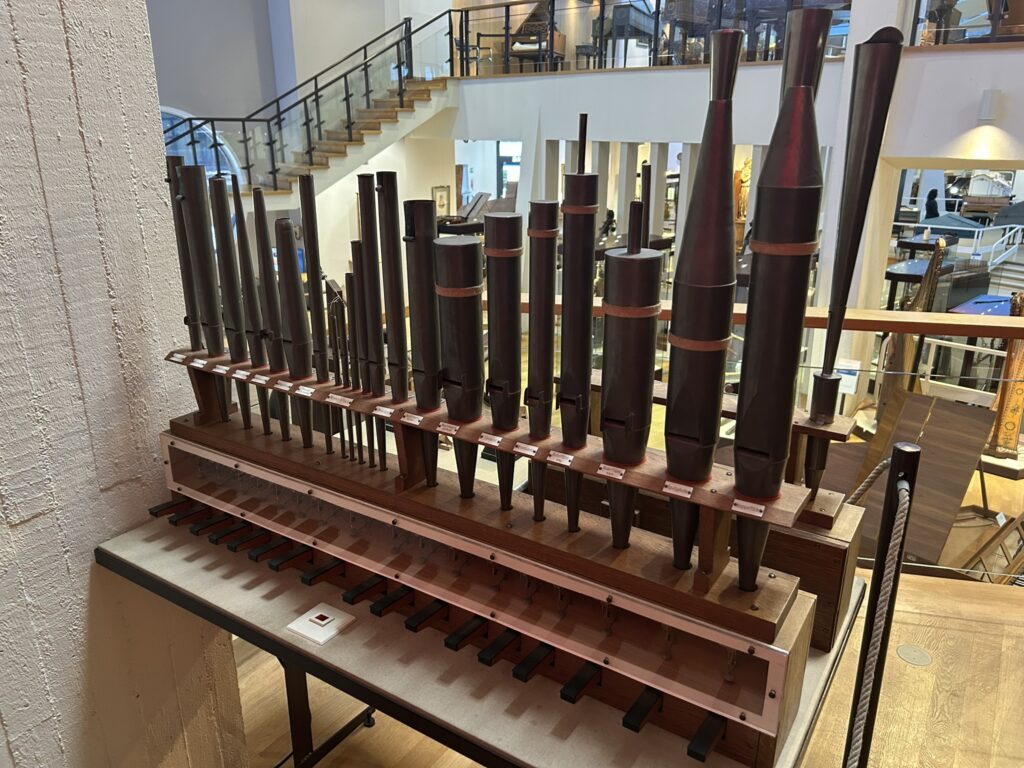
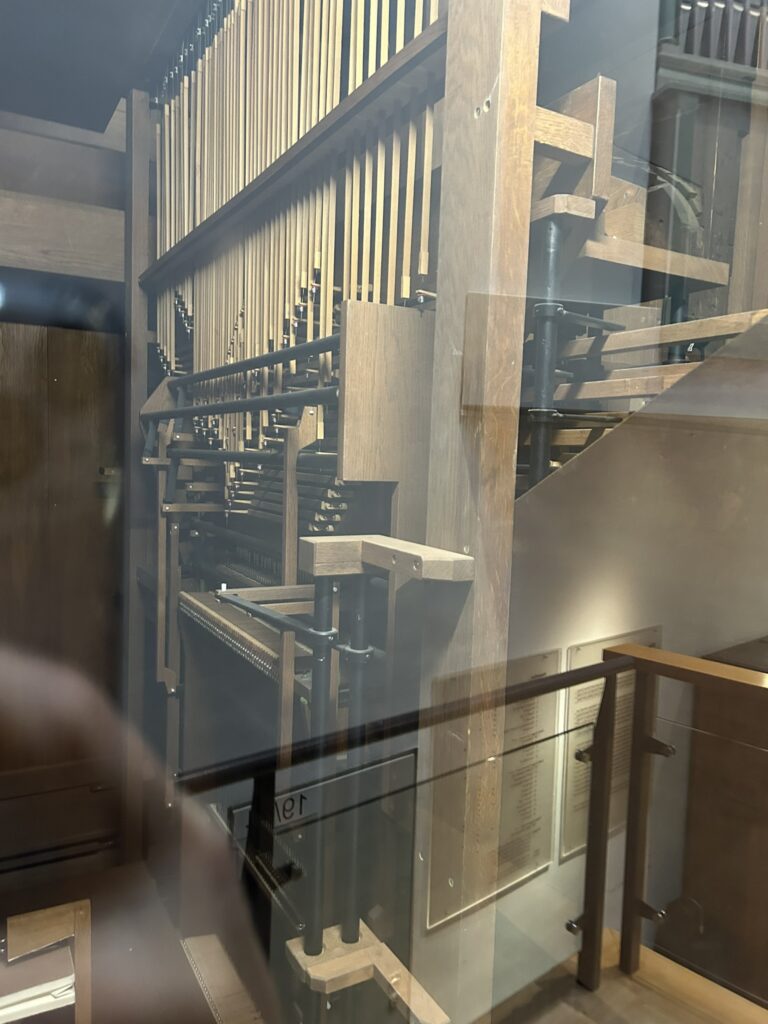
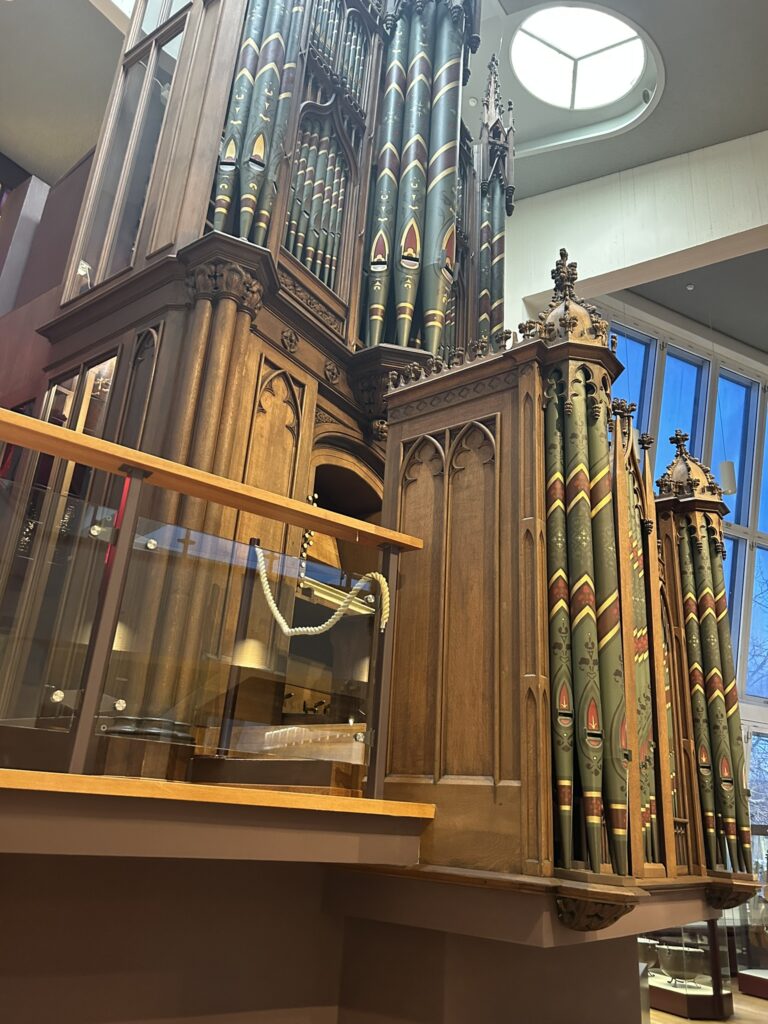
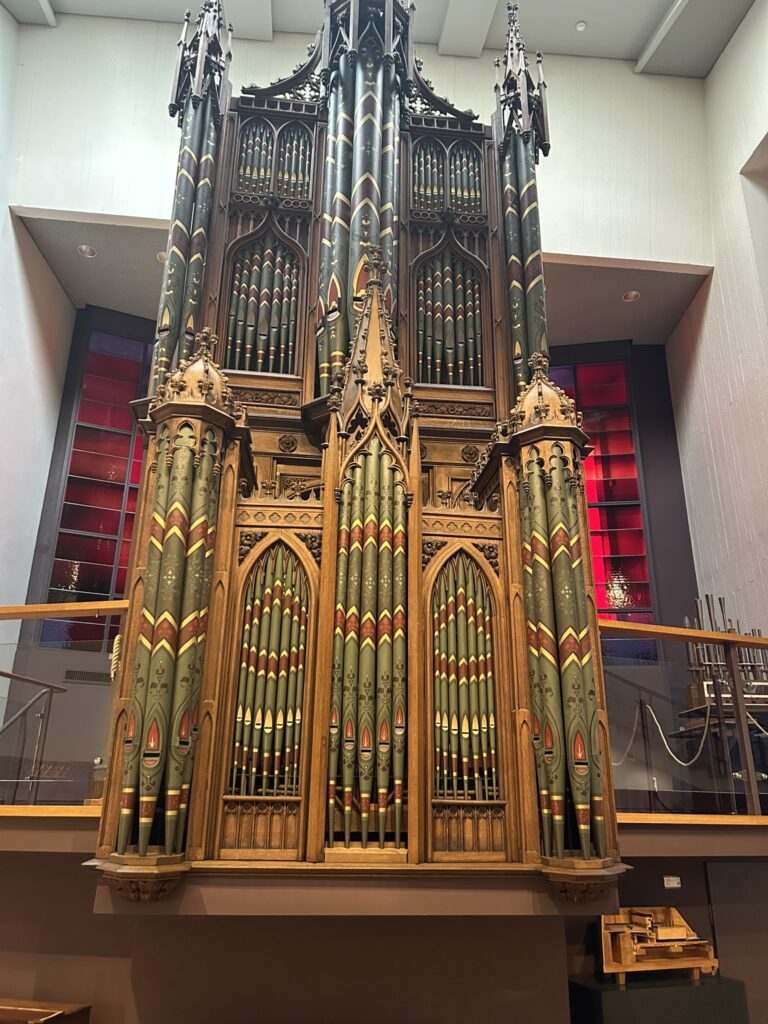
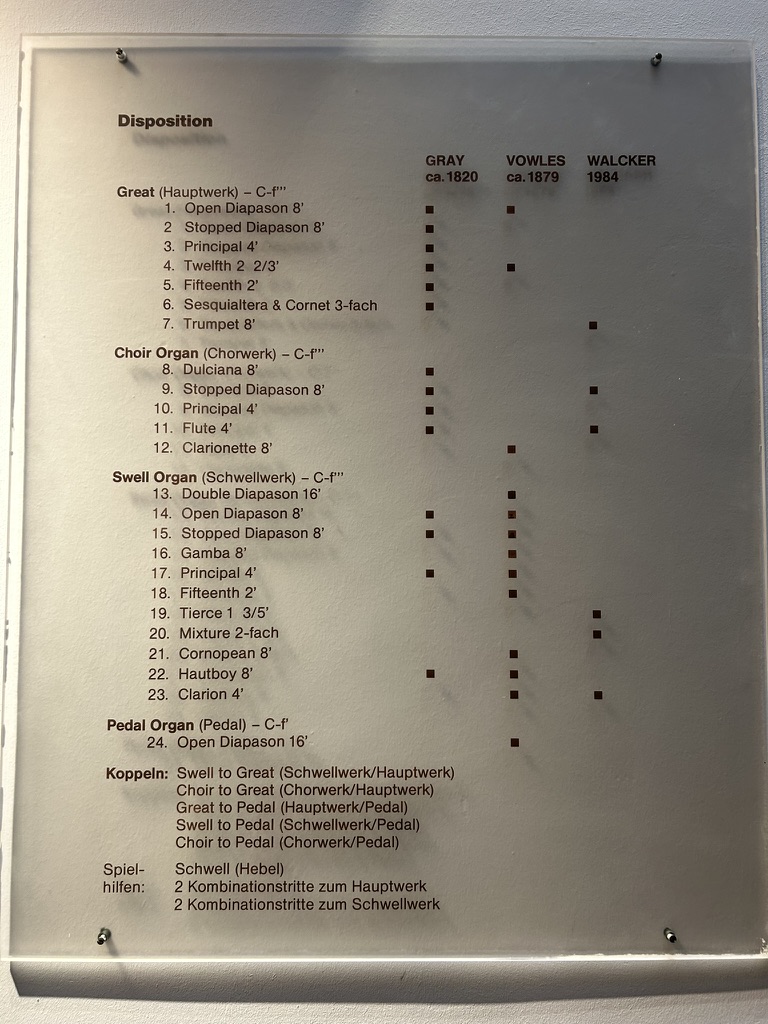
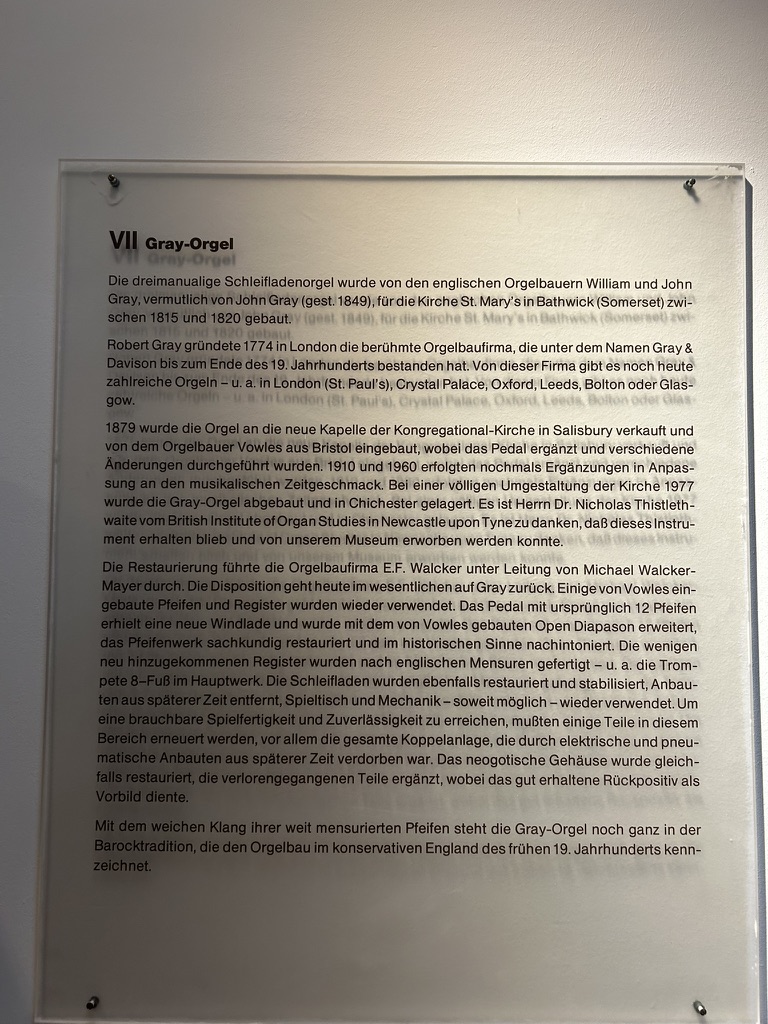
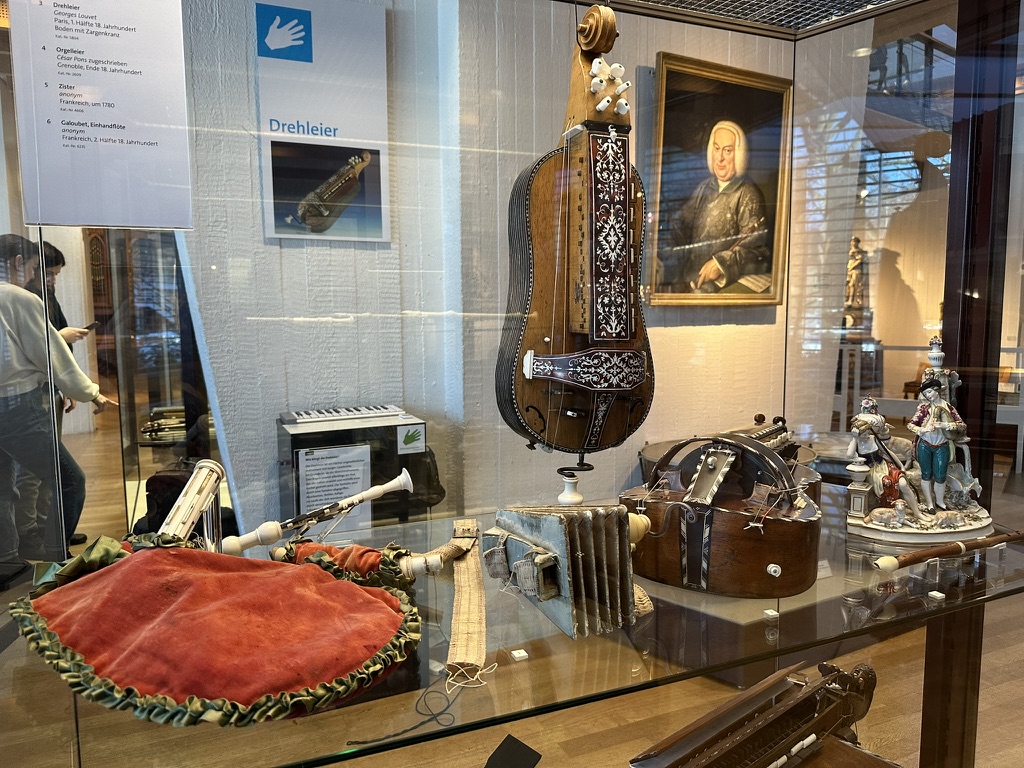
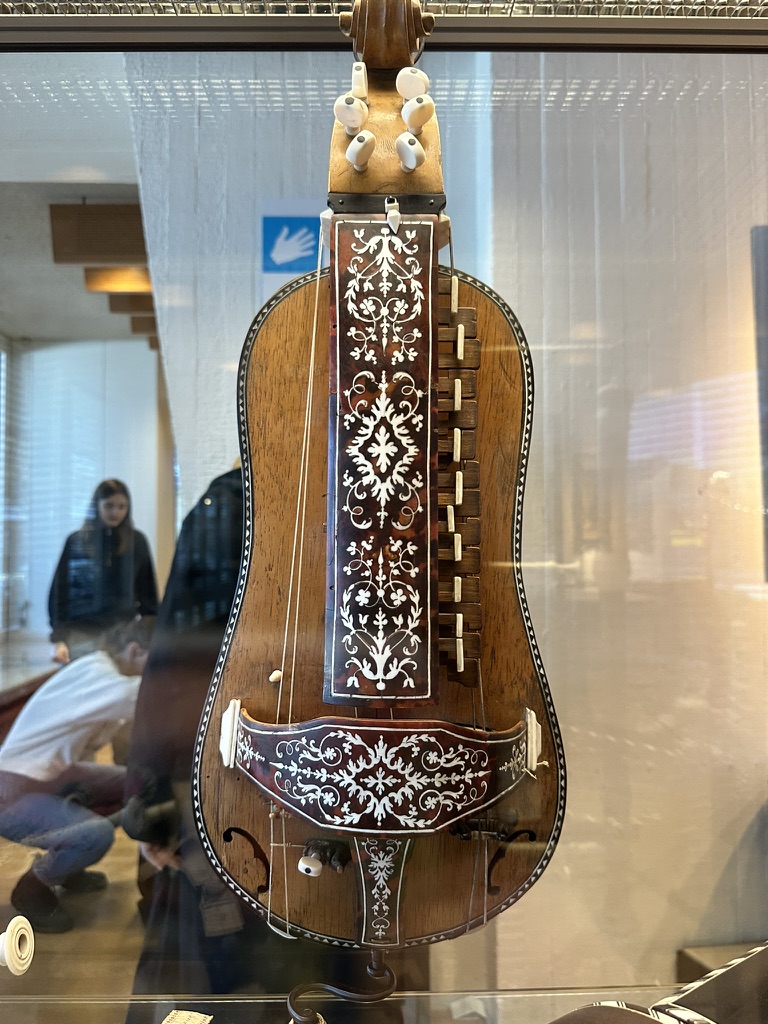
Georges Louvet
Paris, 1733
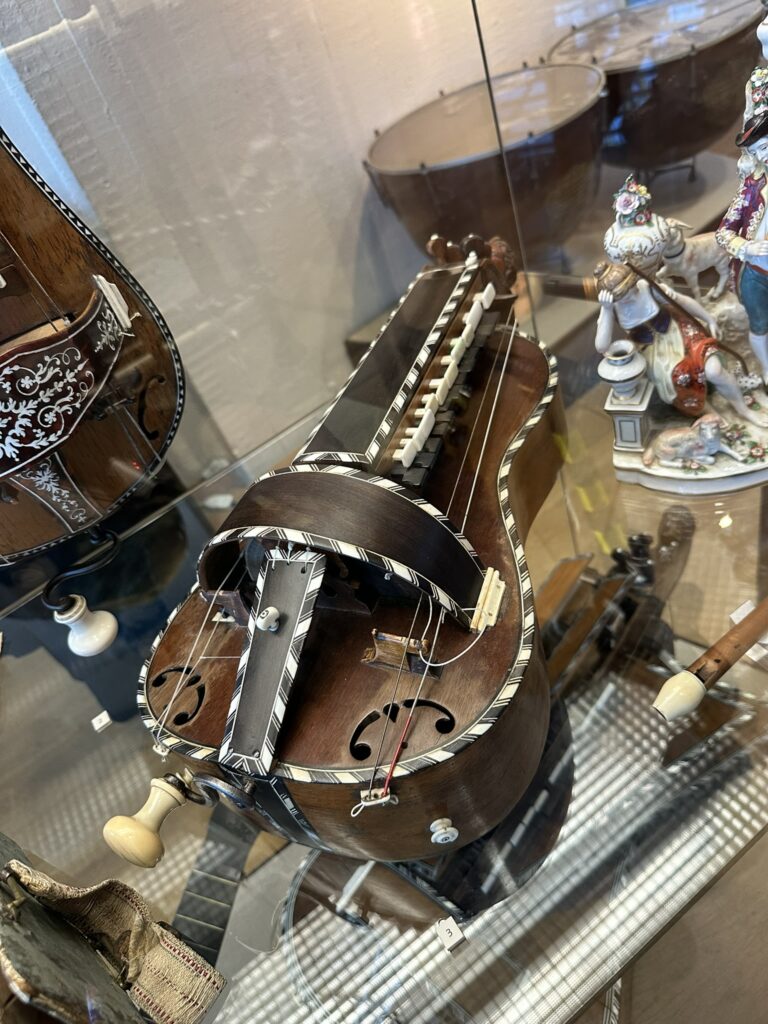
Georges Louvet
Paris, 1st half of the 18th century. Back with ribs
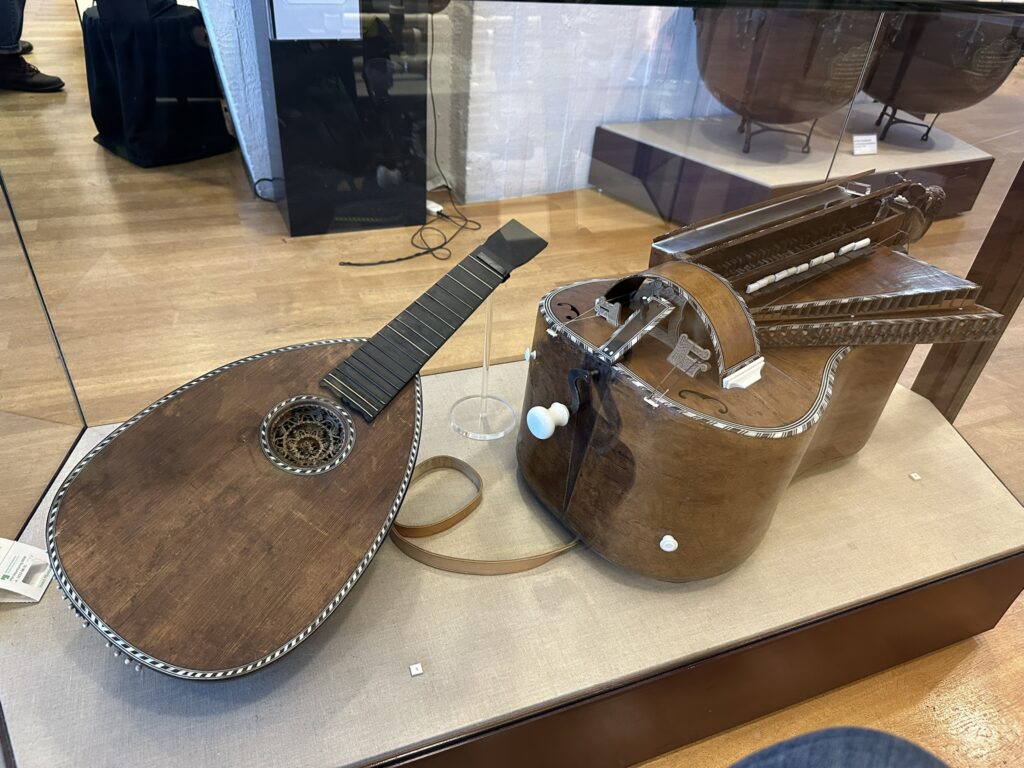
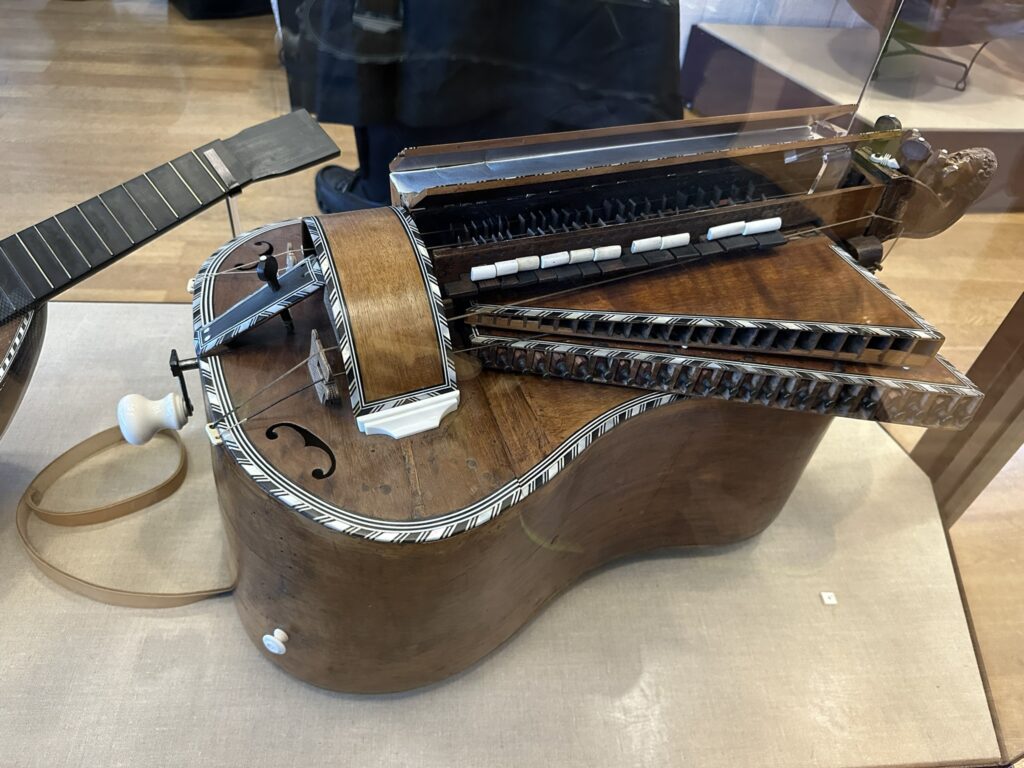
Attributed to César Pons, Grenoble, late 18th century
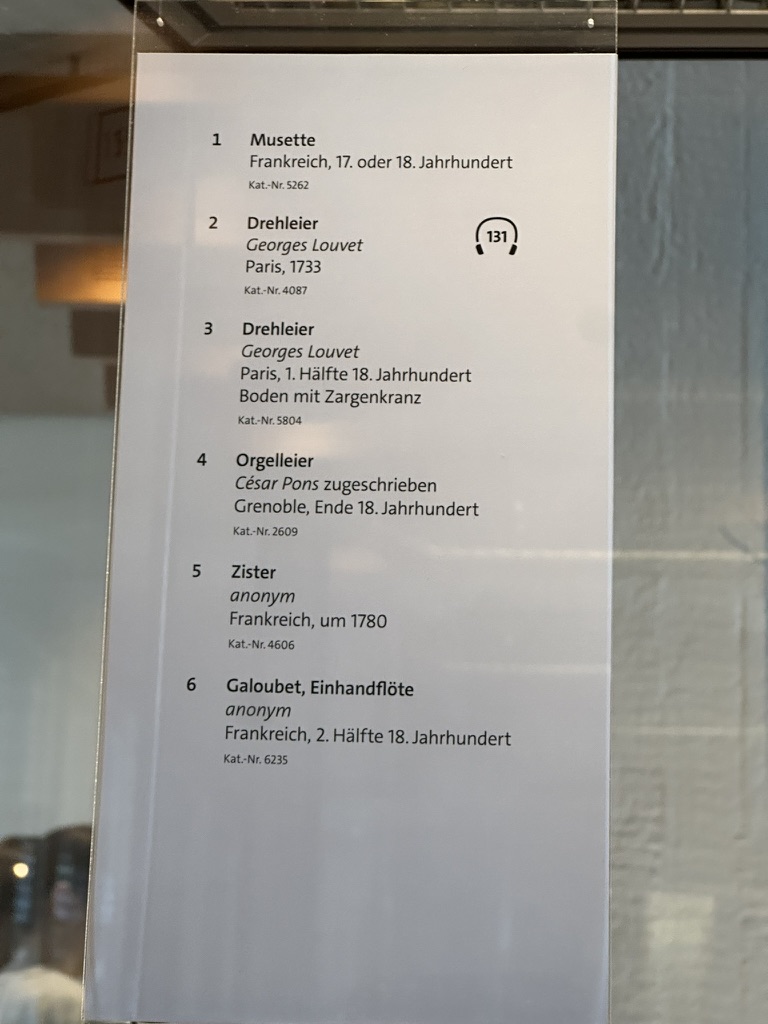
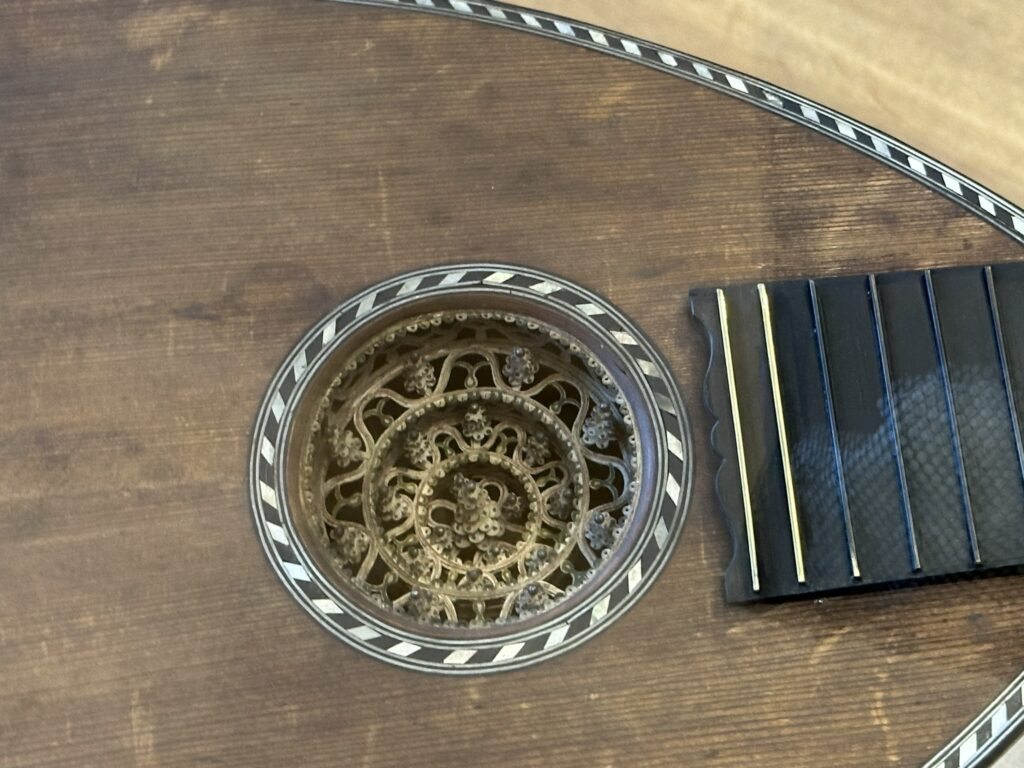
anonymous
France, circa 1780
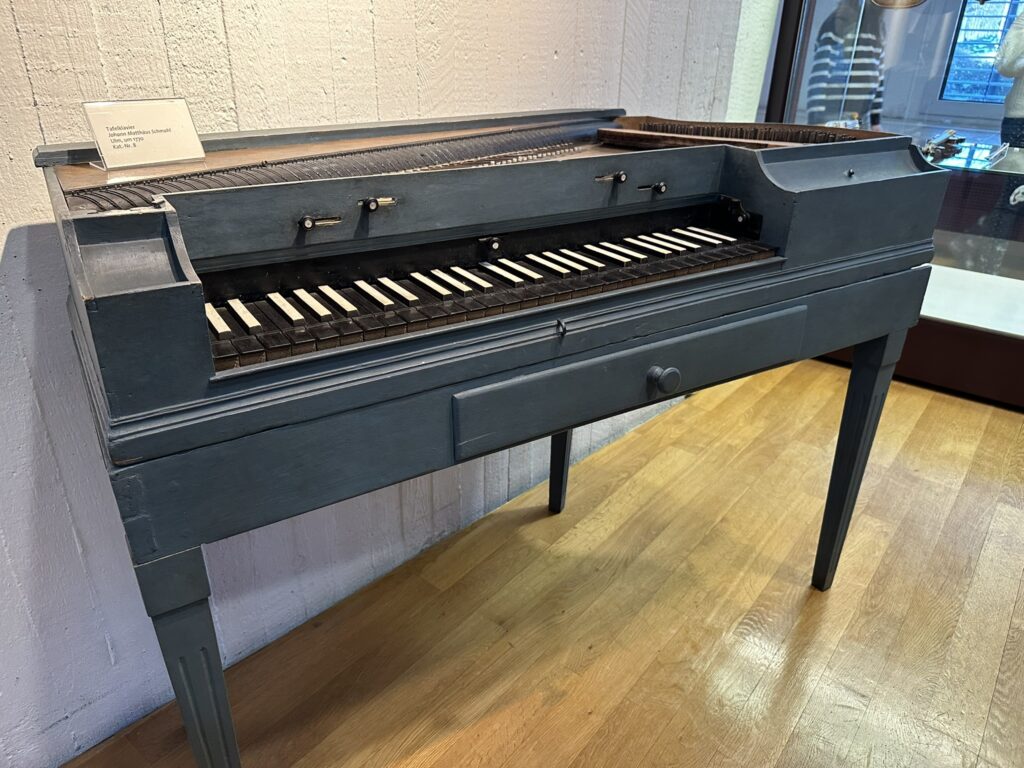
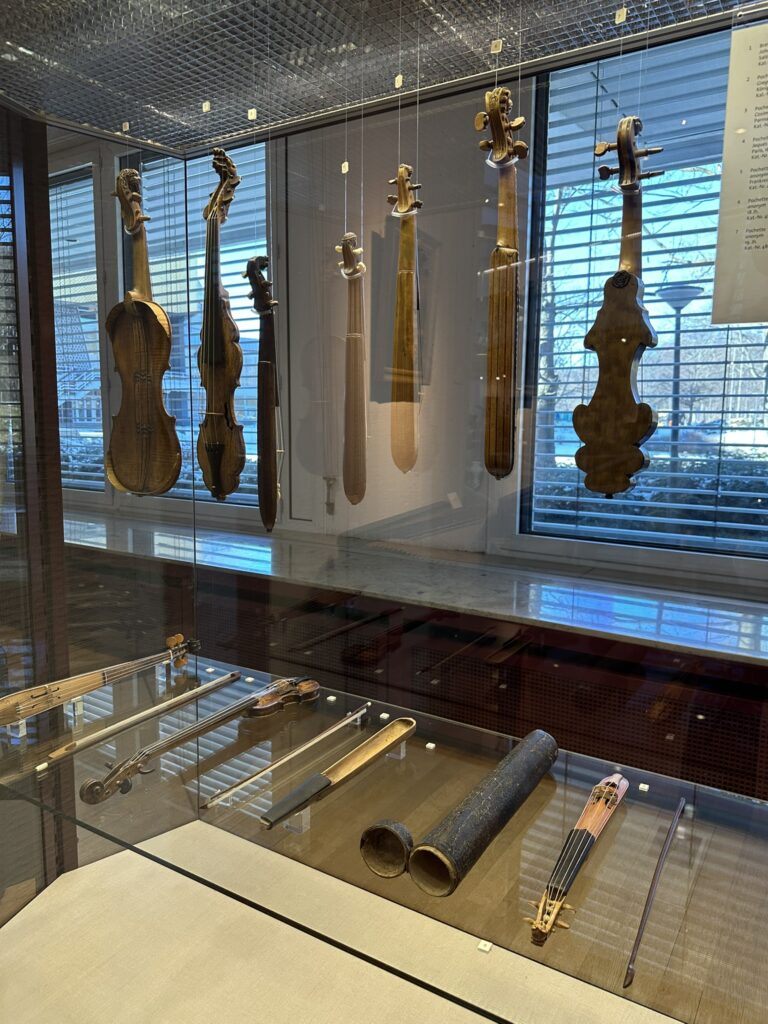
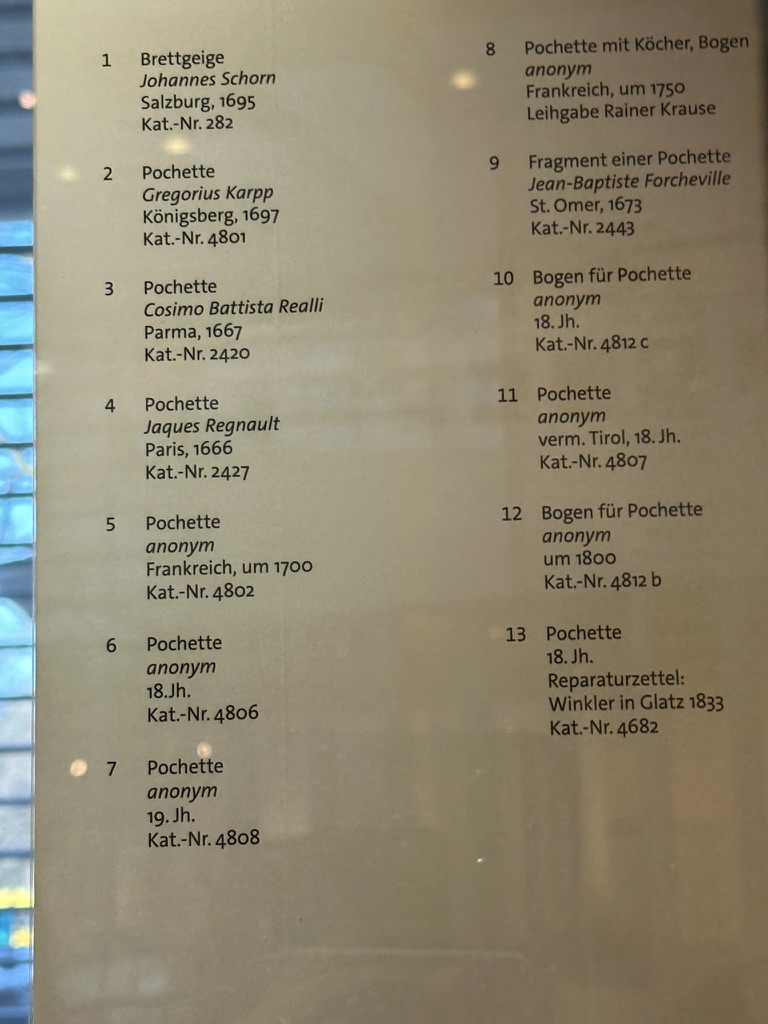
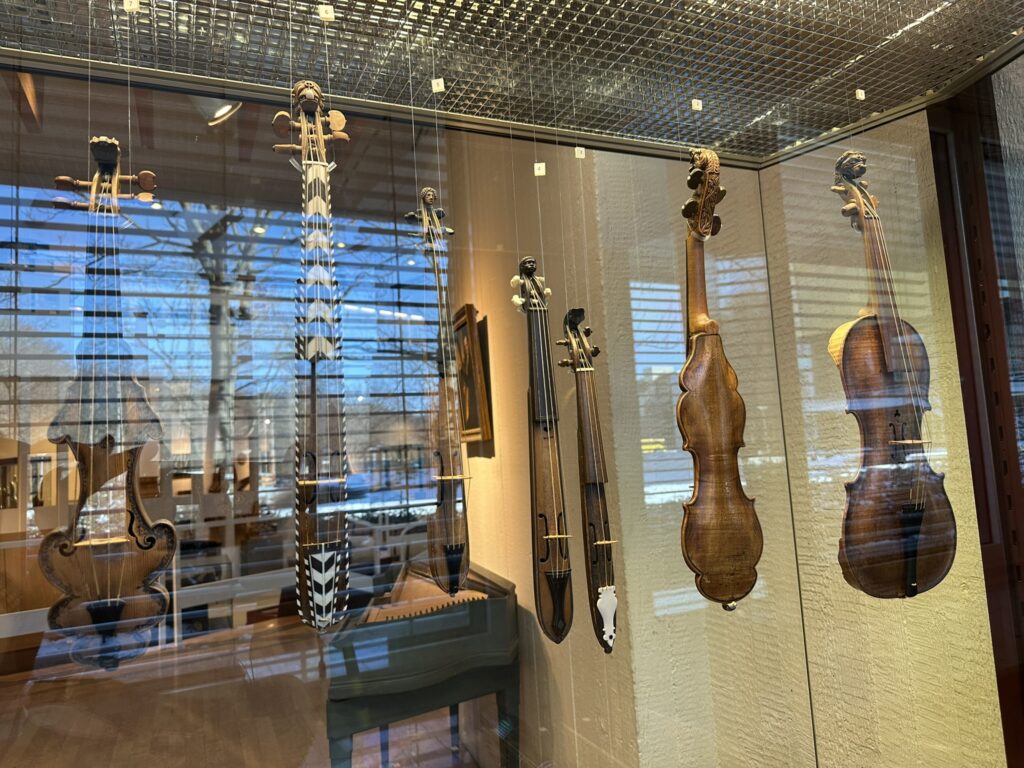
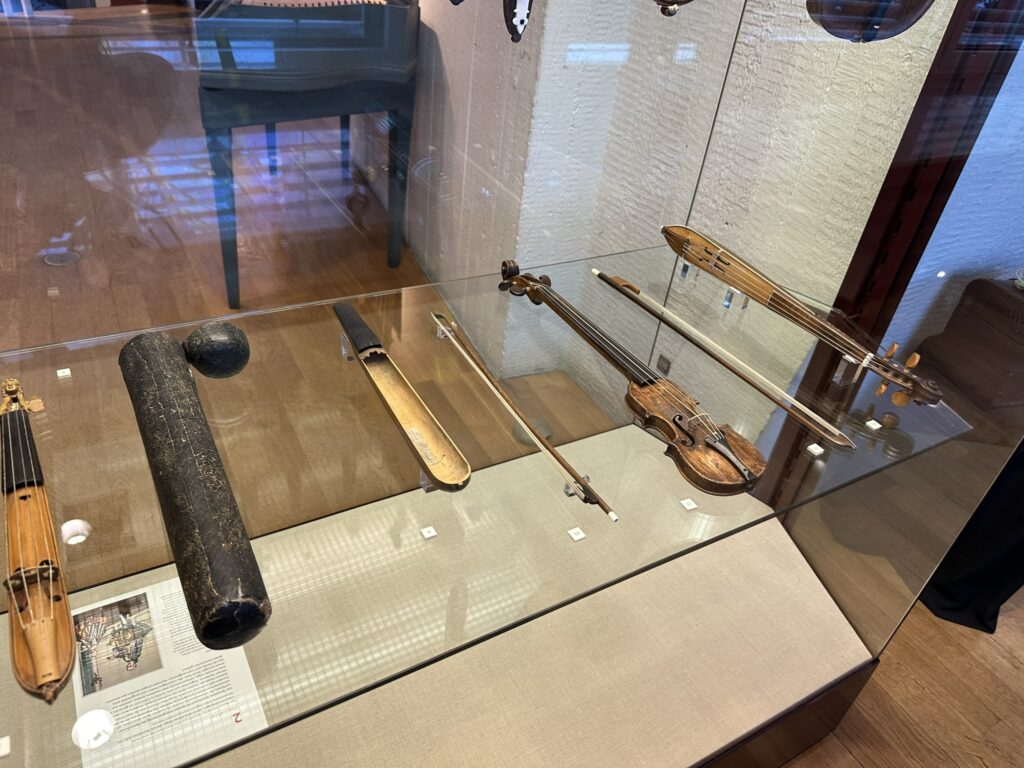
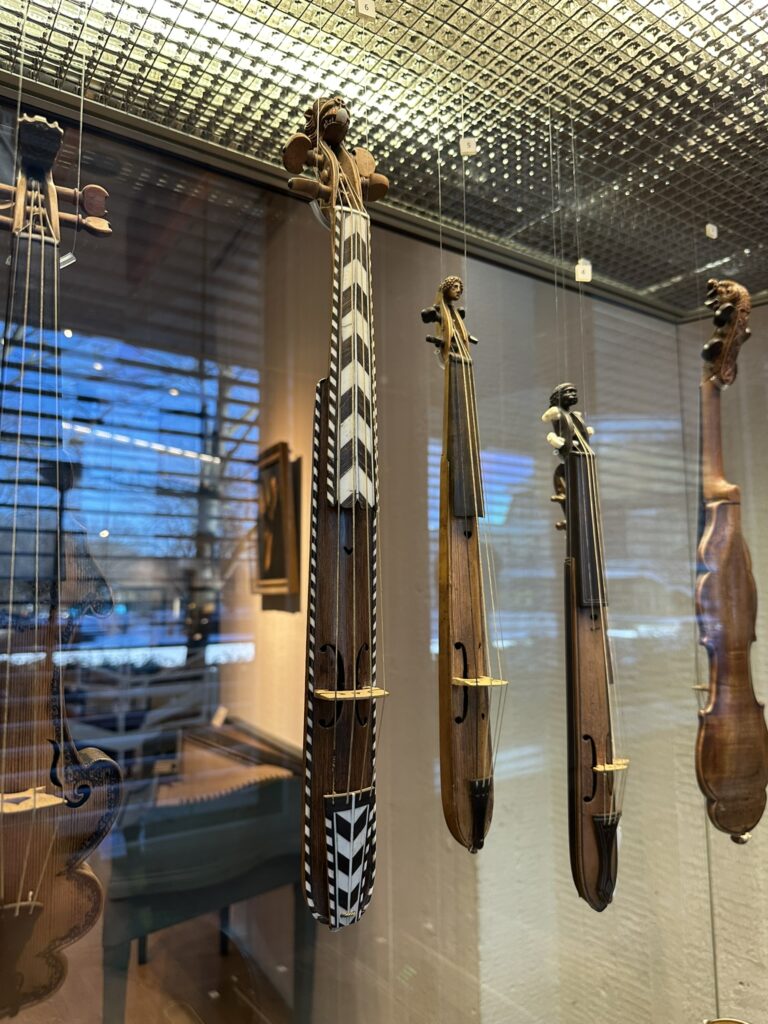
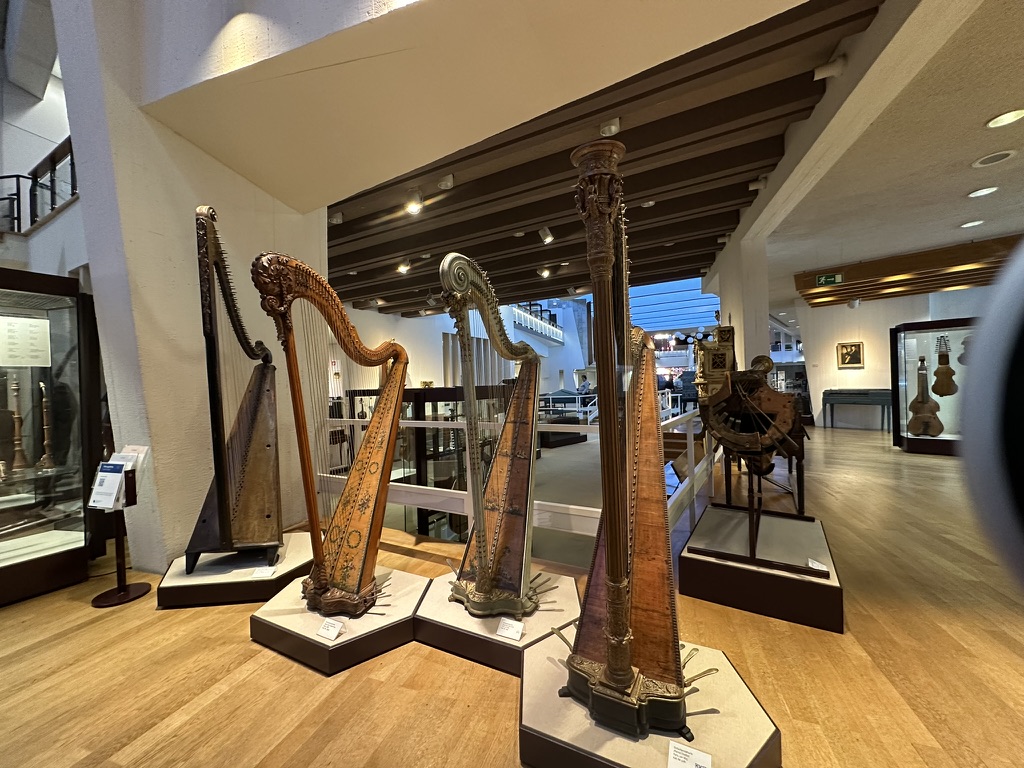
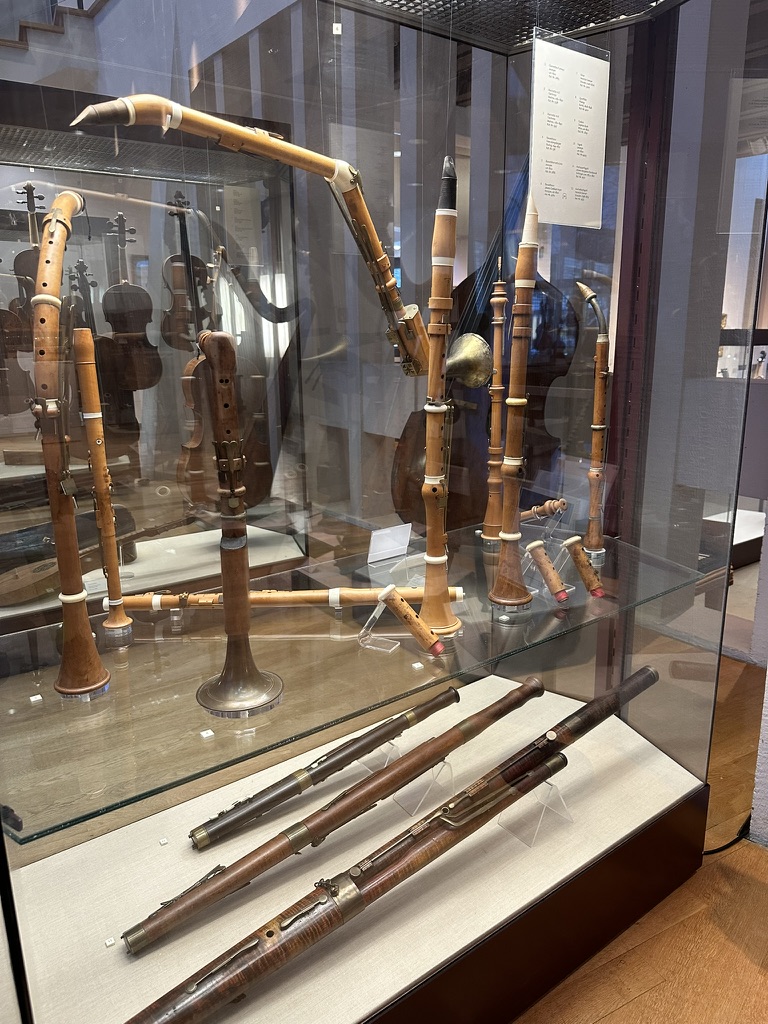
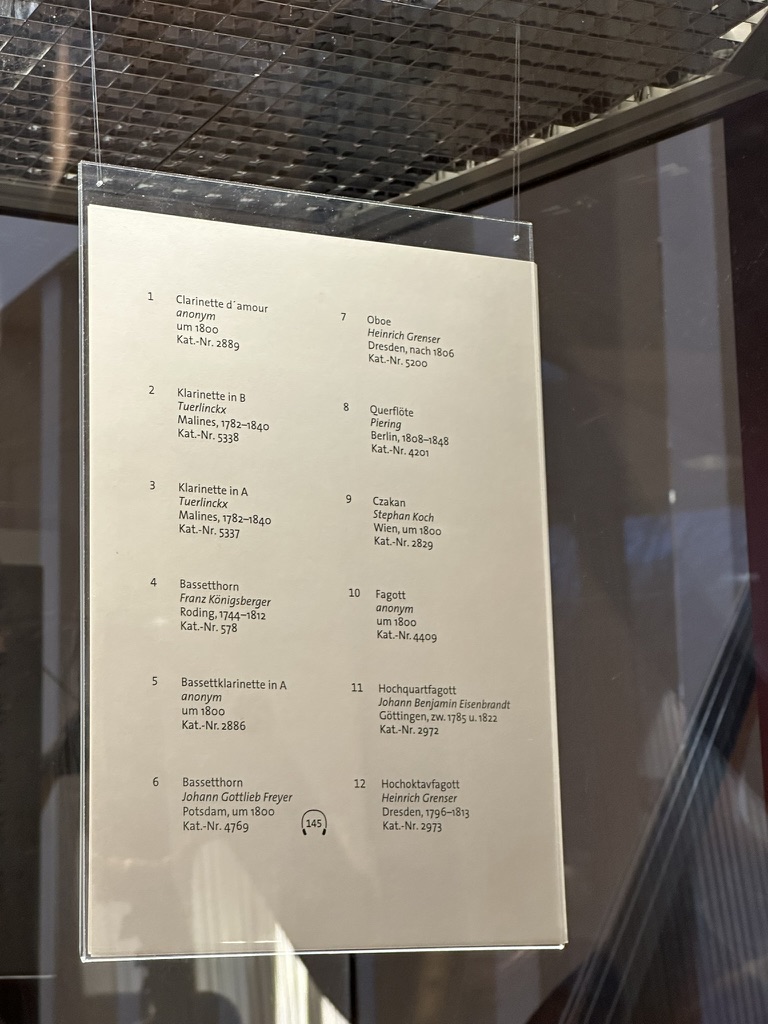
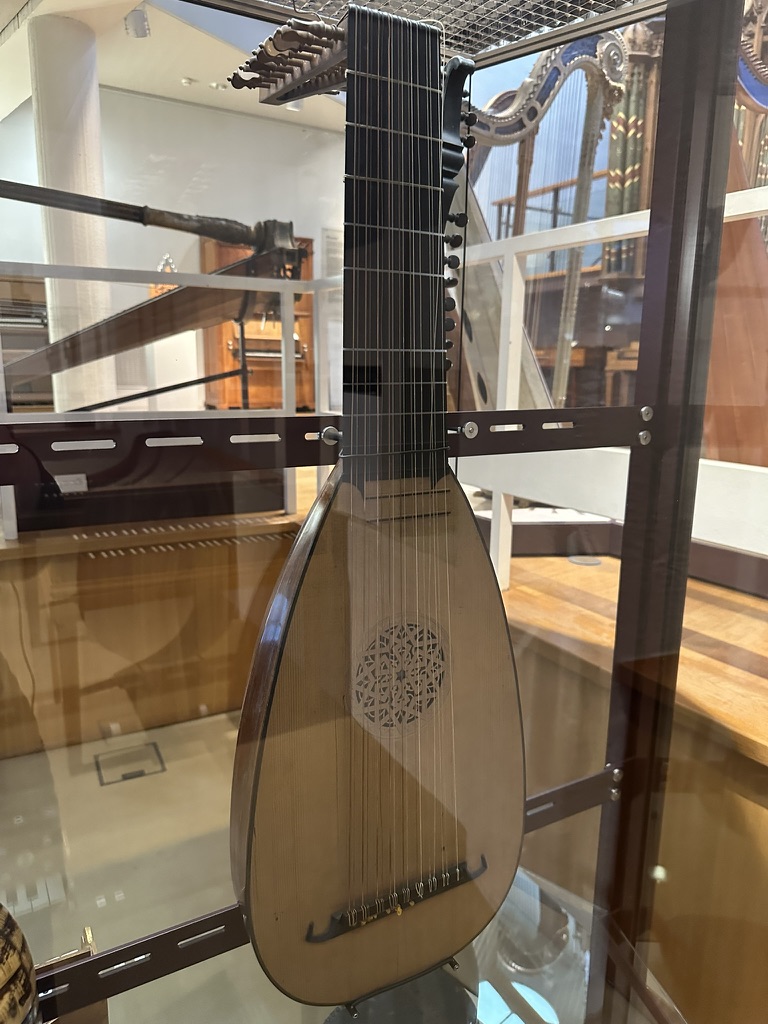
Joachim Tielke
Hamburg, ca. 1680
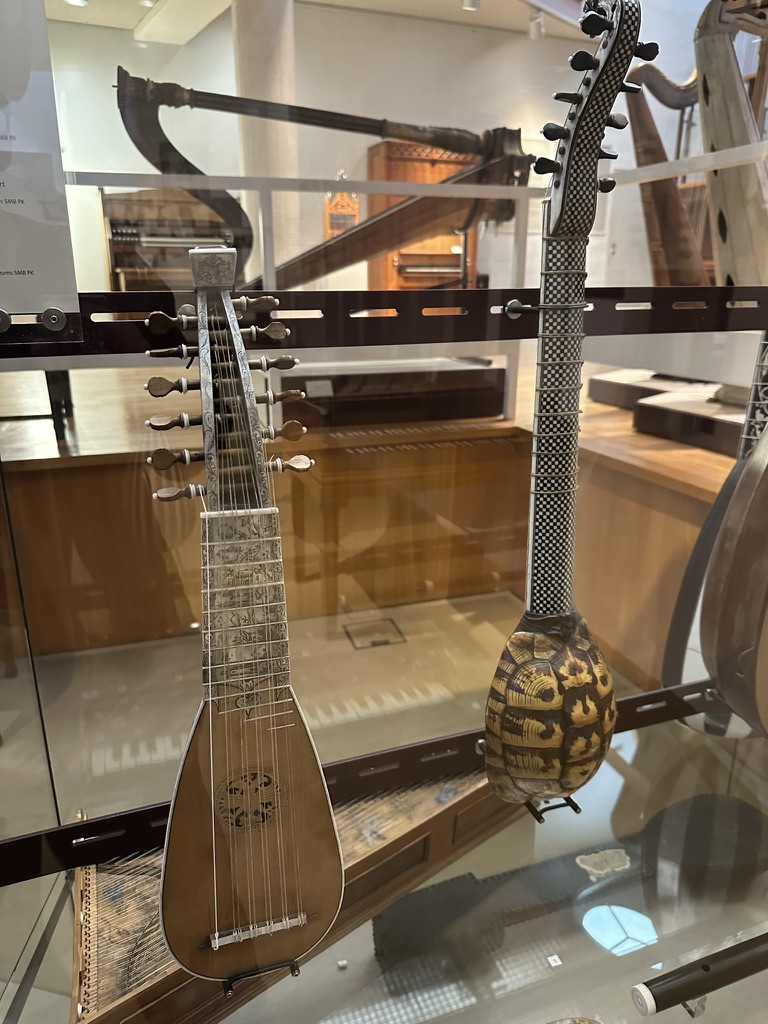
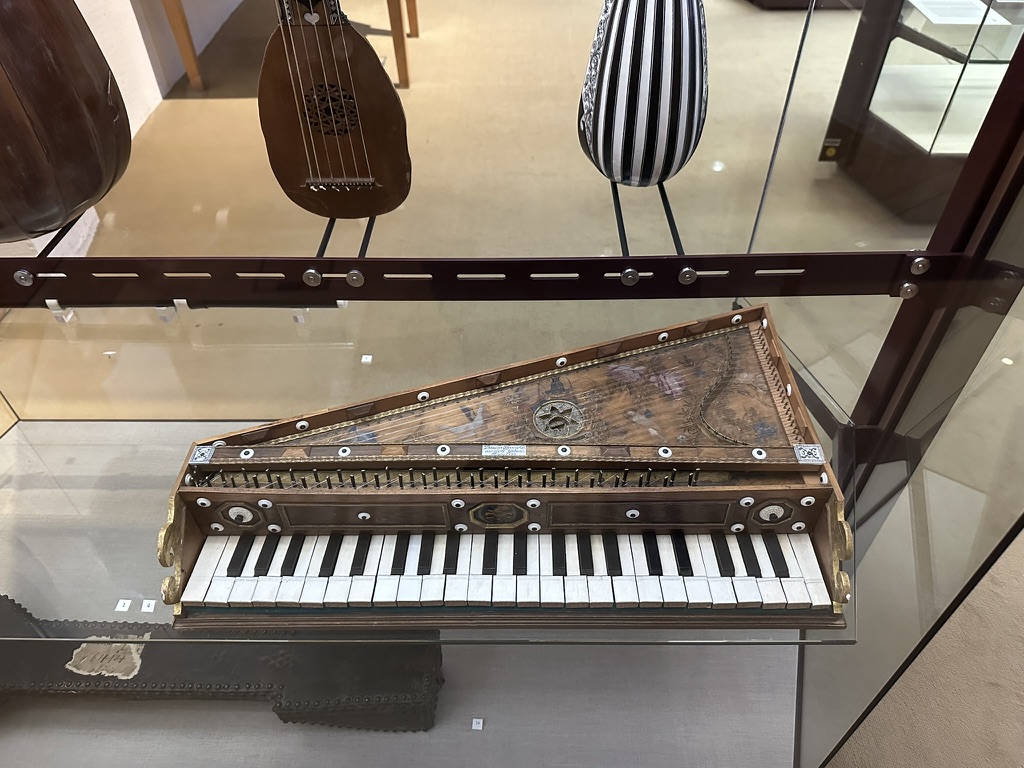
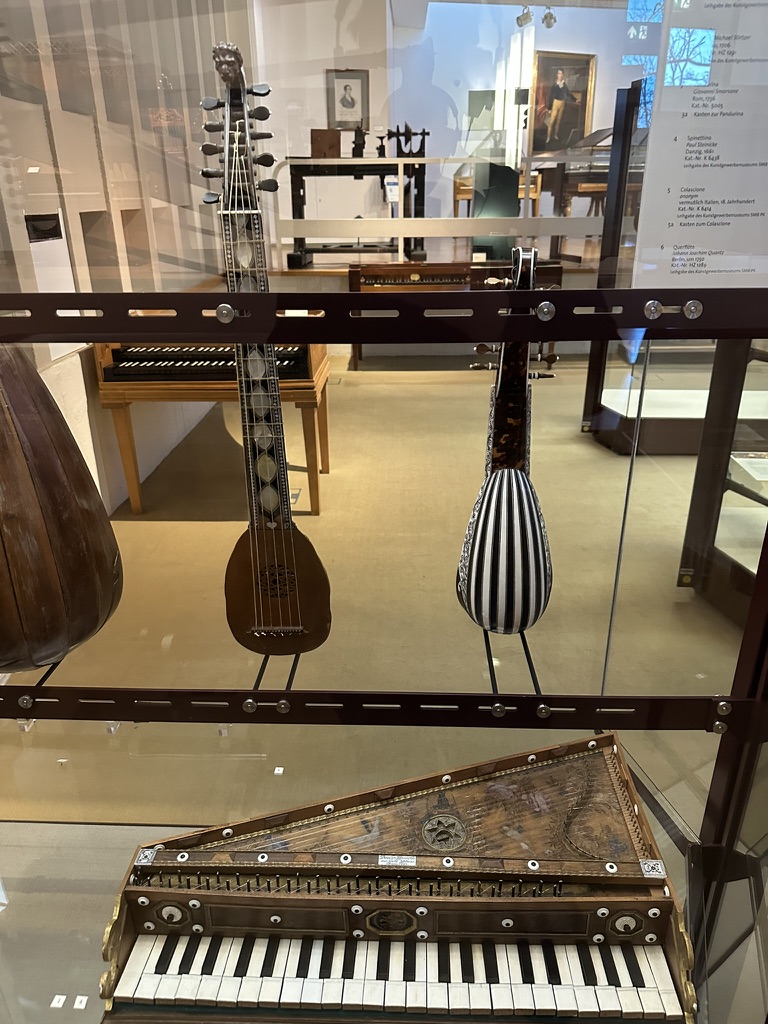
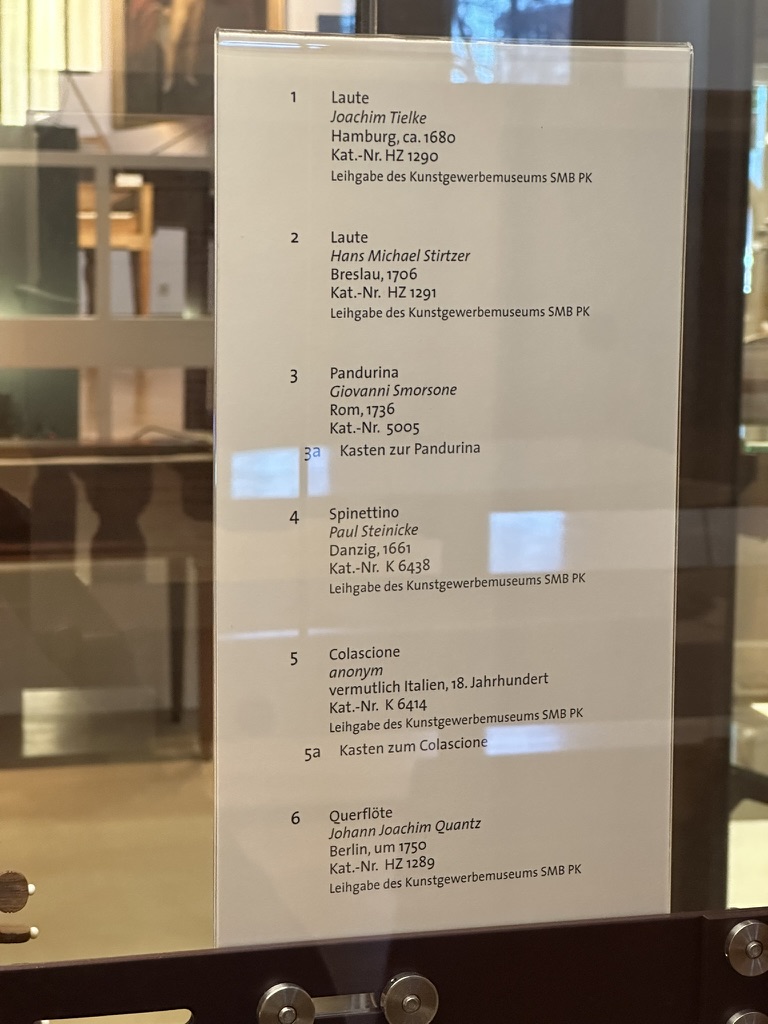
We’ve had one harpsichord, yes, but what about second harpsichord?
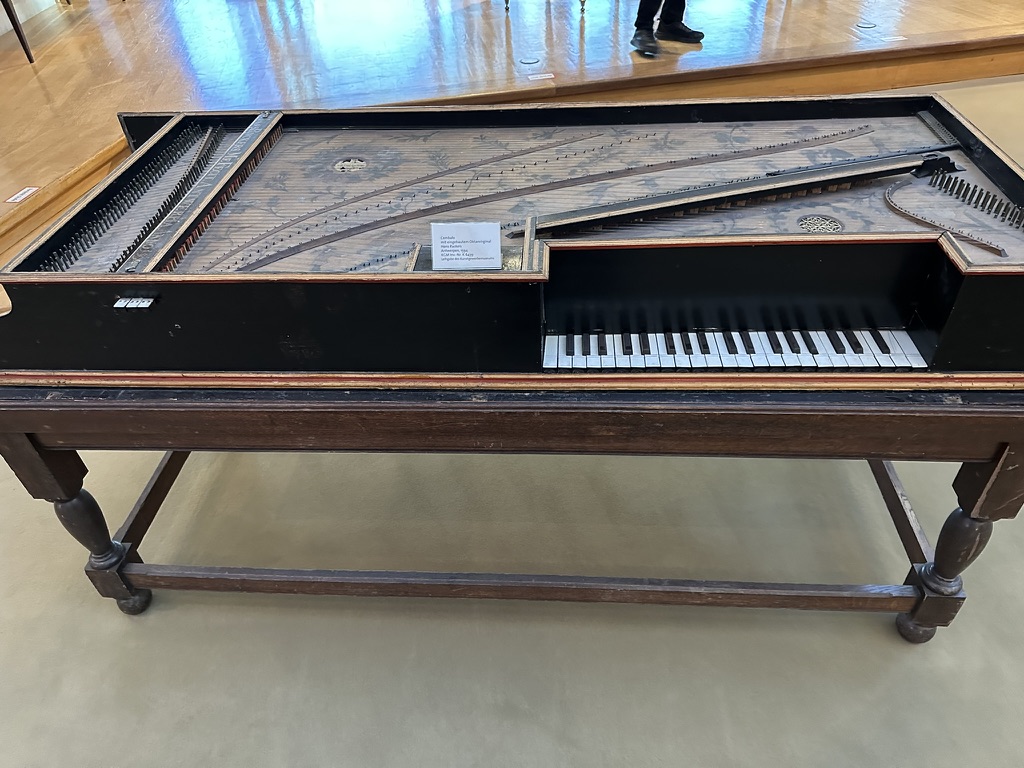
with built-in octave virginal
Hans Ruckers
Antwerp, 1594
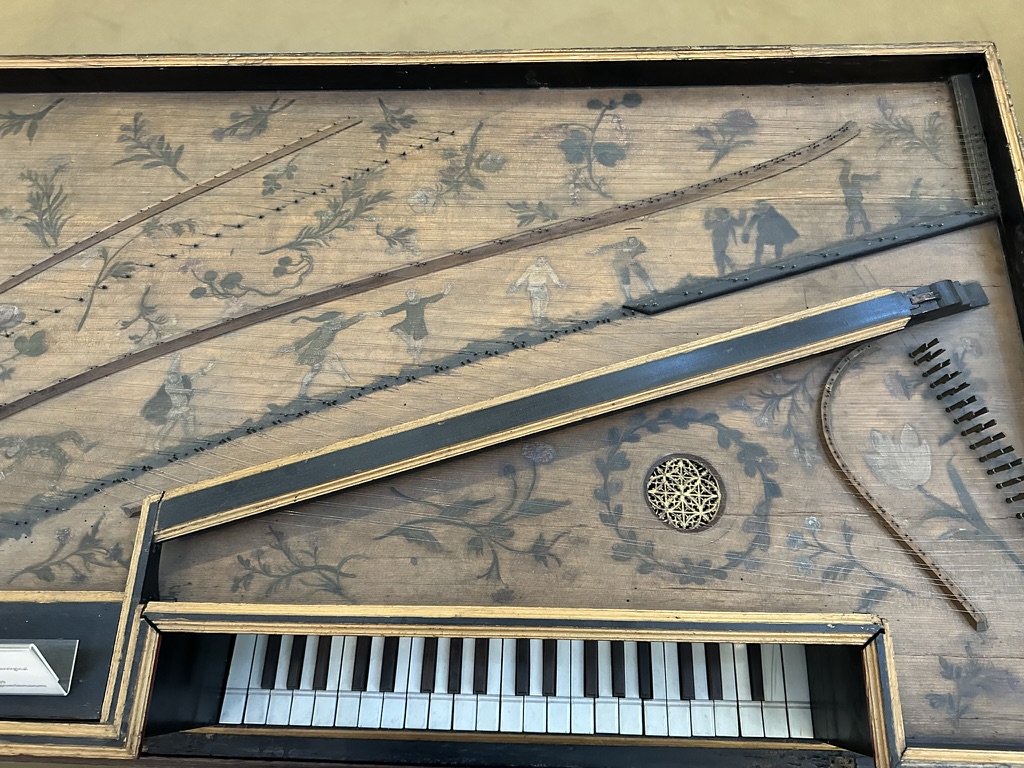
with built-in octave virginal
Hans Ruckers
Antwerp, 1594
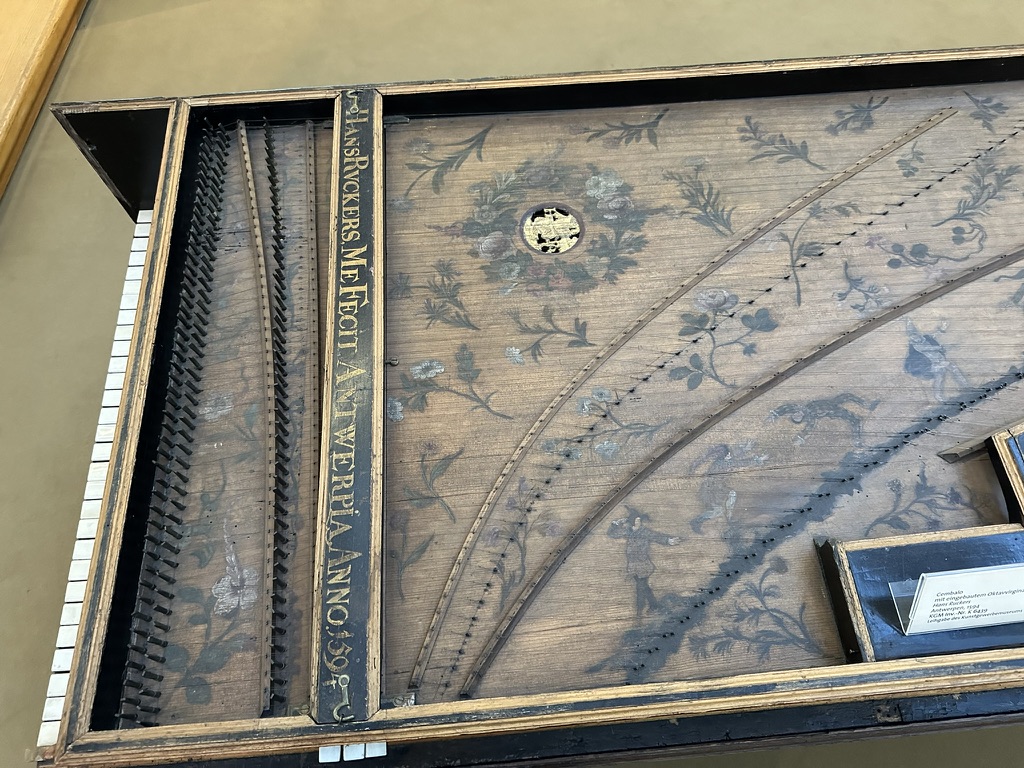
with built-in octave virginal
Hans Ruckers
Antwerp, 1594
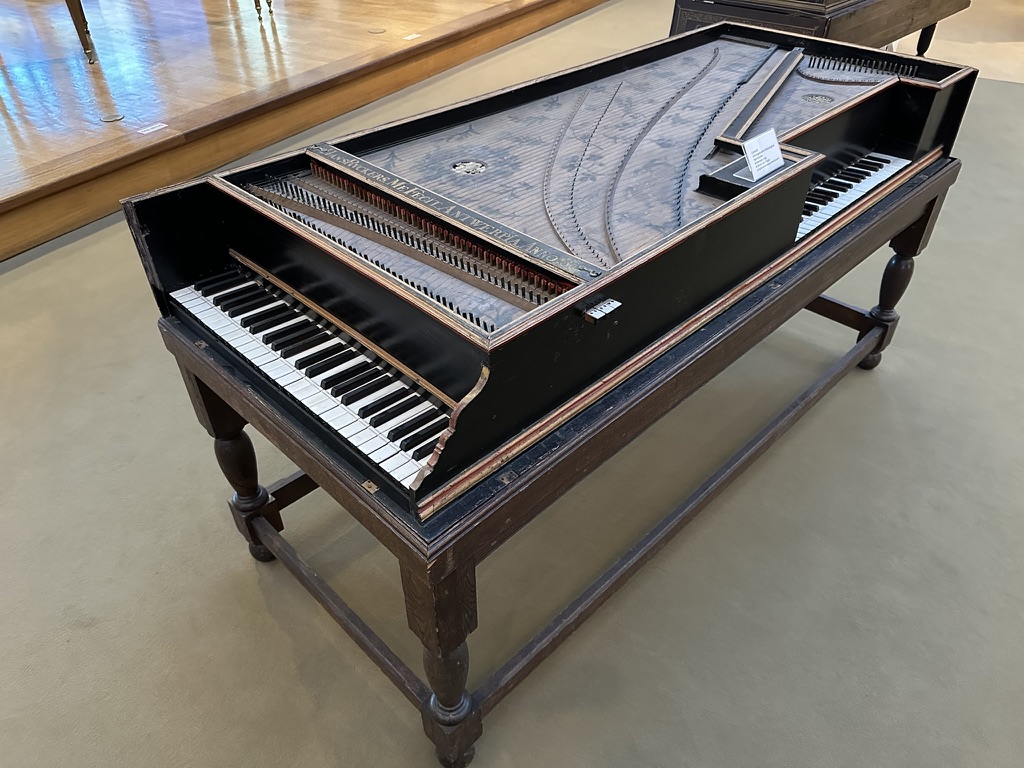
with built-in octave virginal
Hans Ruckers
Antwerp, 1594
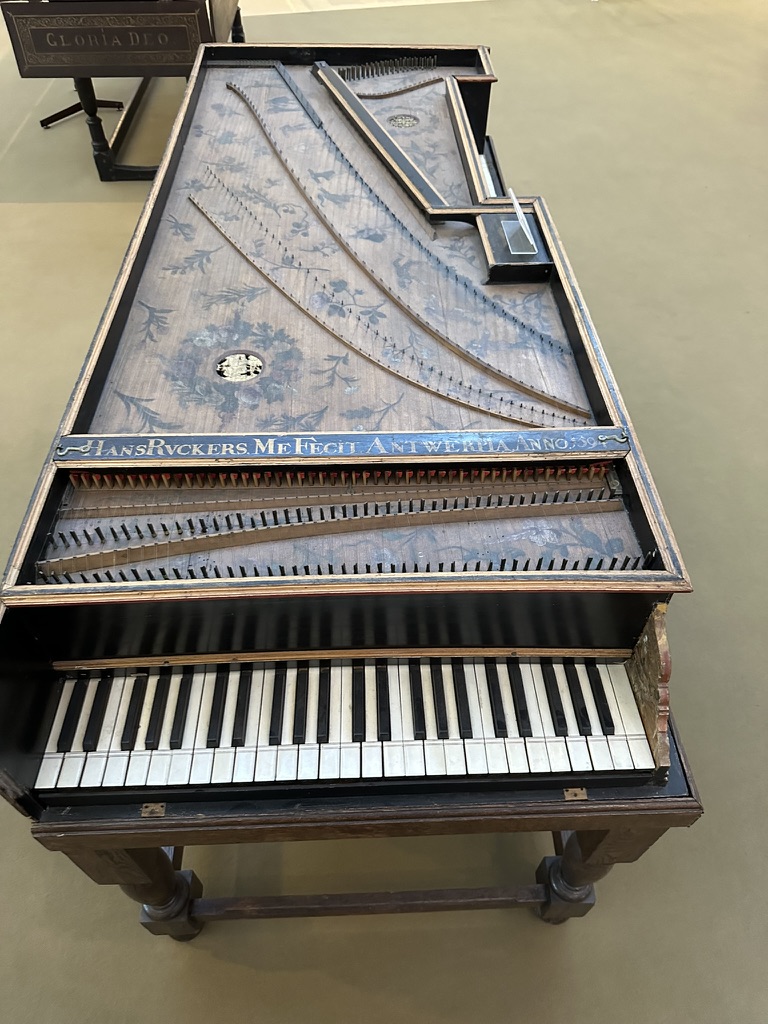
with built-in octave virginal
Hans Ruckers
Antwerp, 1594
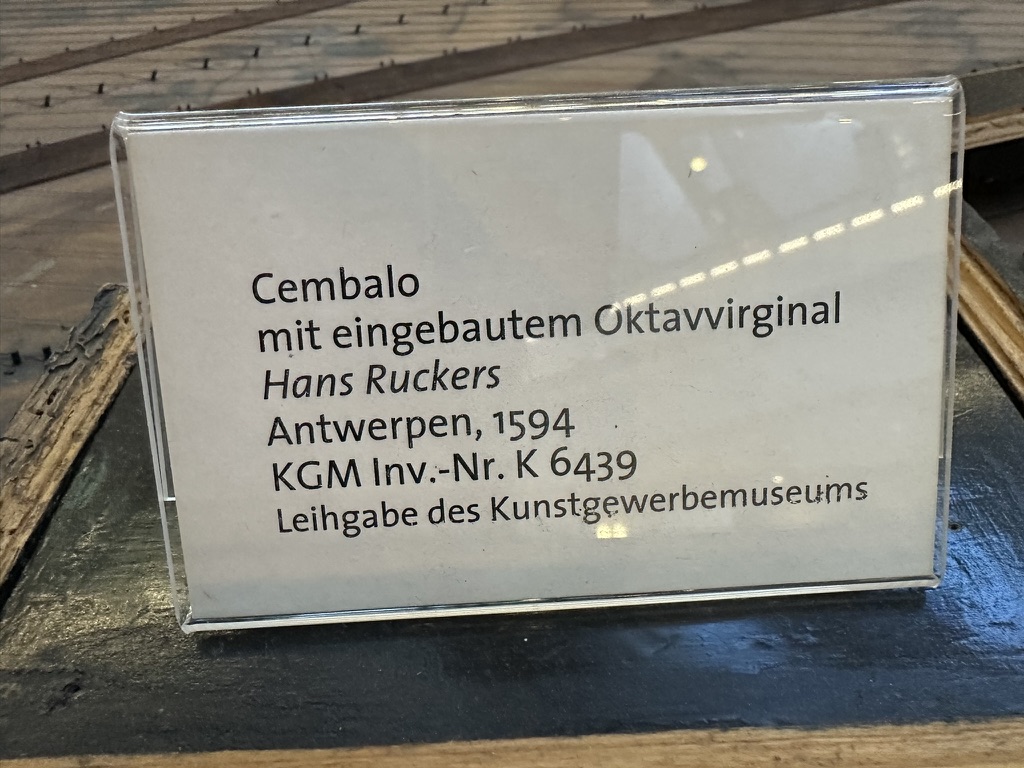
with built-in octave virginal
Hans Ruckers
Antwerp, 1594
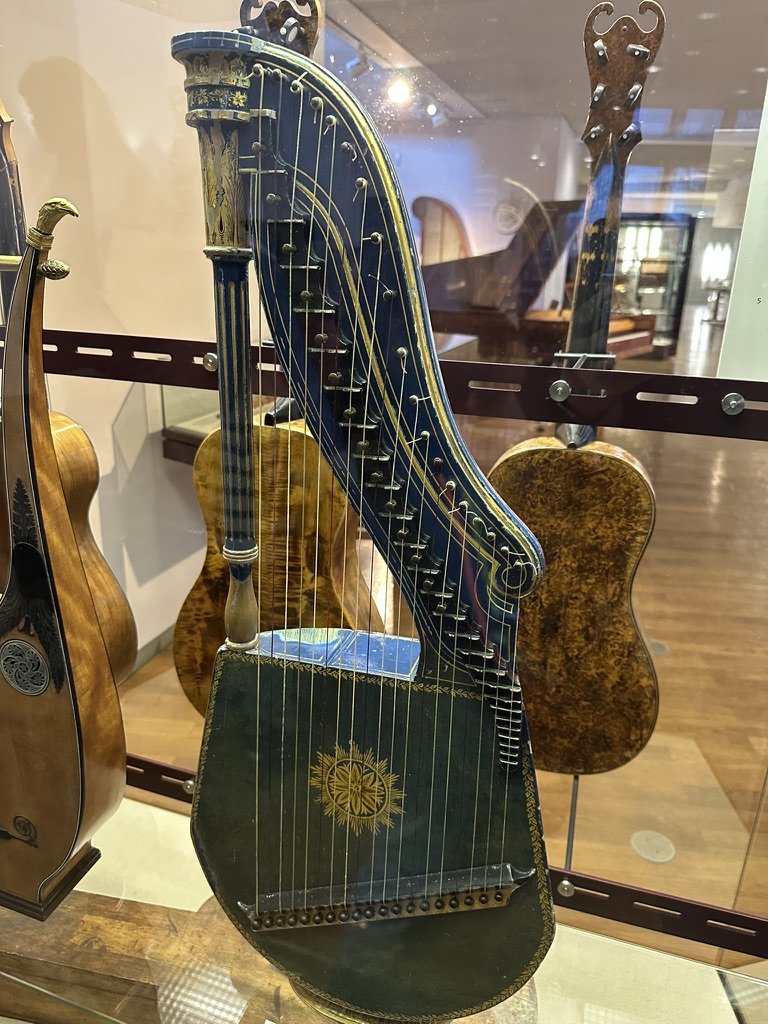
Nicolas Mareschal
Paris circa 1800
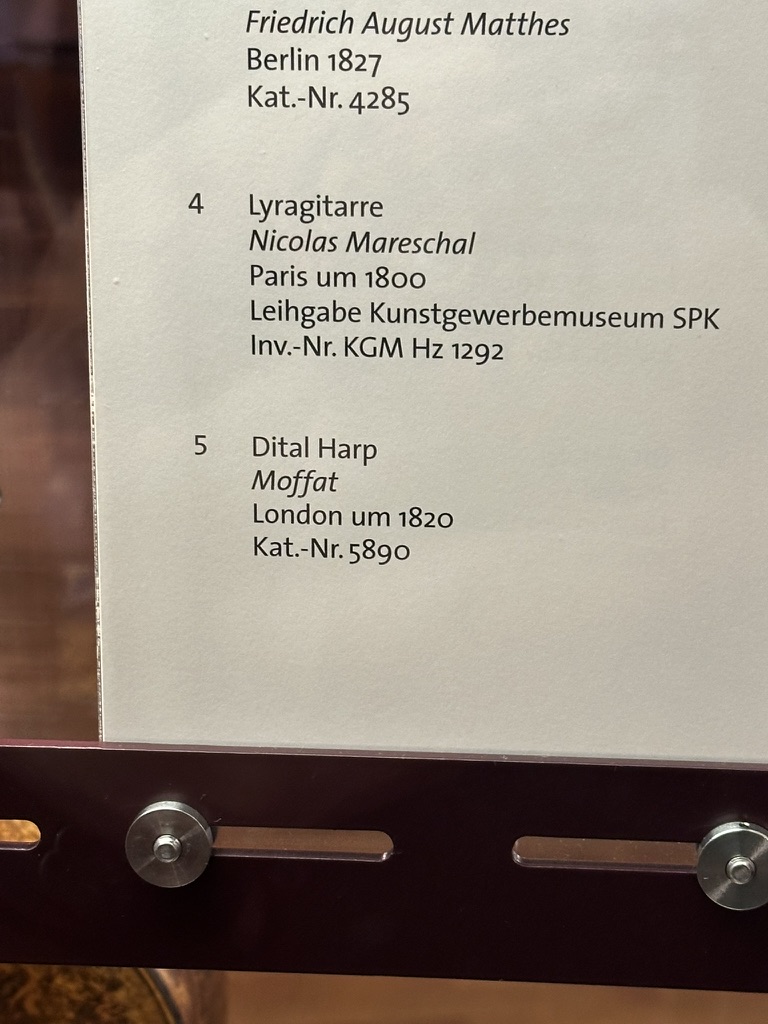
Nicolas Mareschal
Paris circa 1800
They have a complete Wurlitzer organ on display — it’s fully functional! On Saturdays, they play it so folks can experience the utter ridiculousness in person.
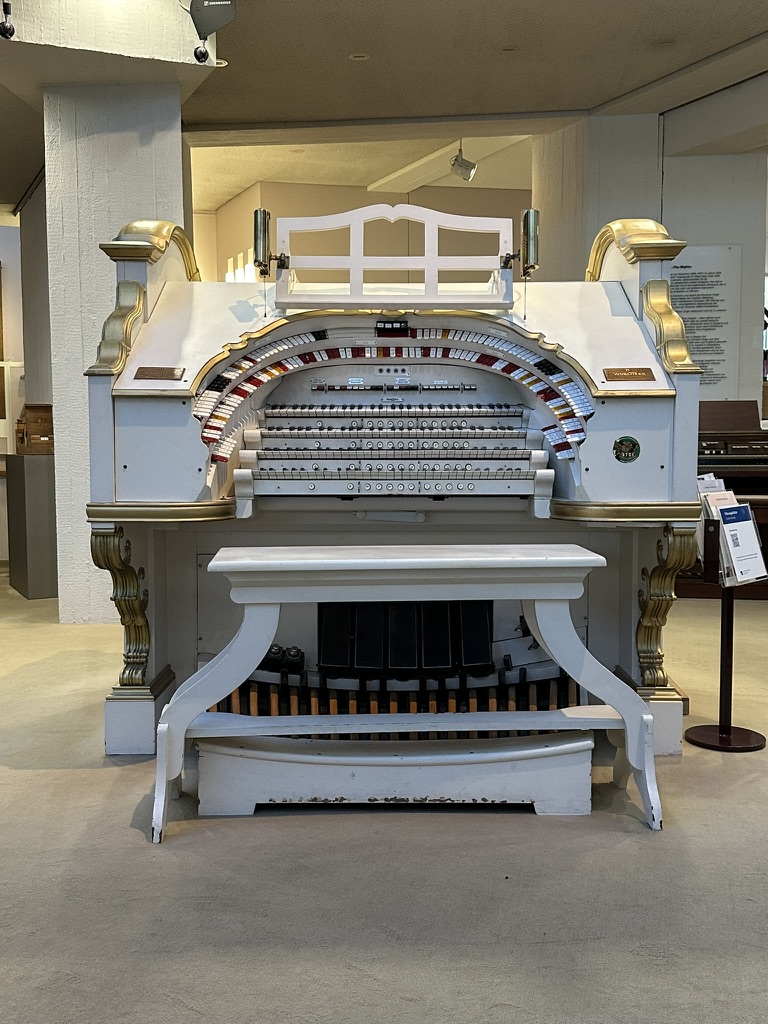
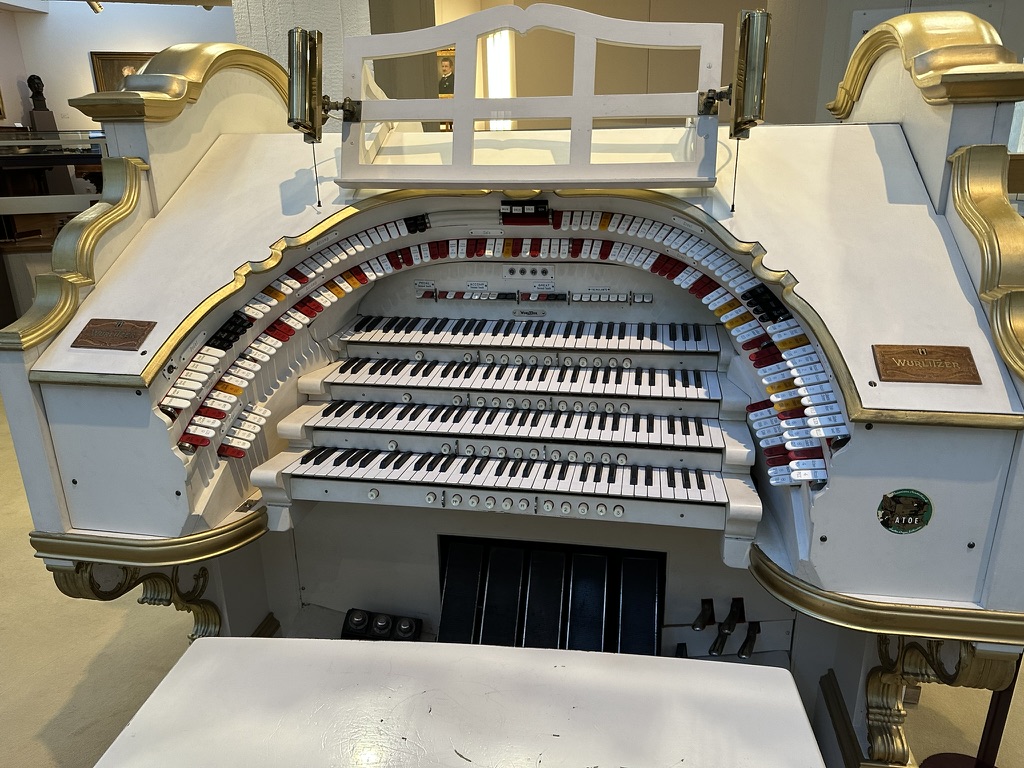
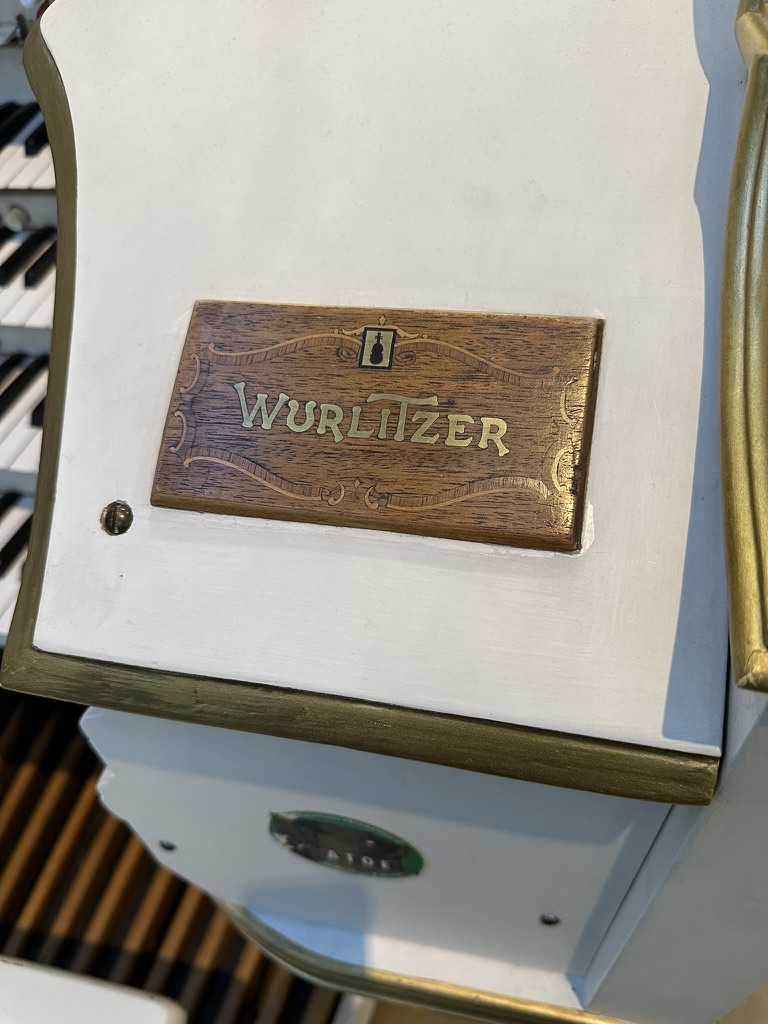
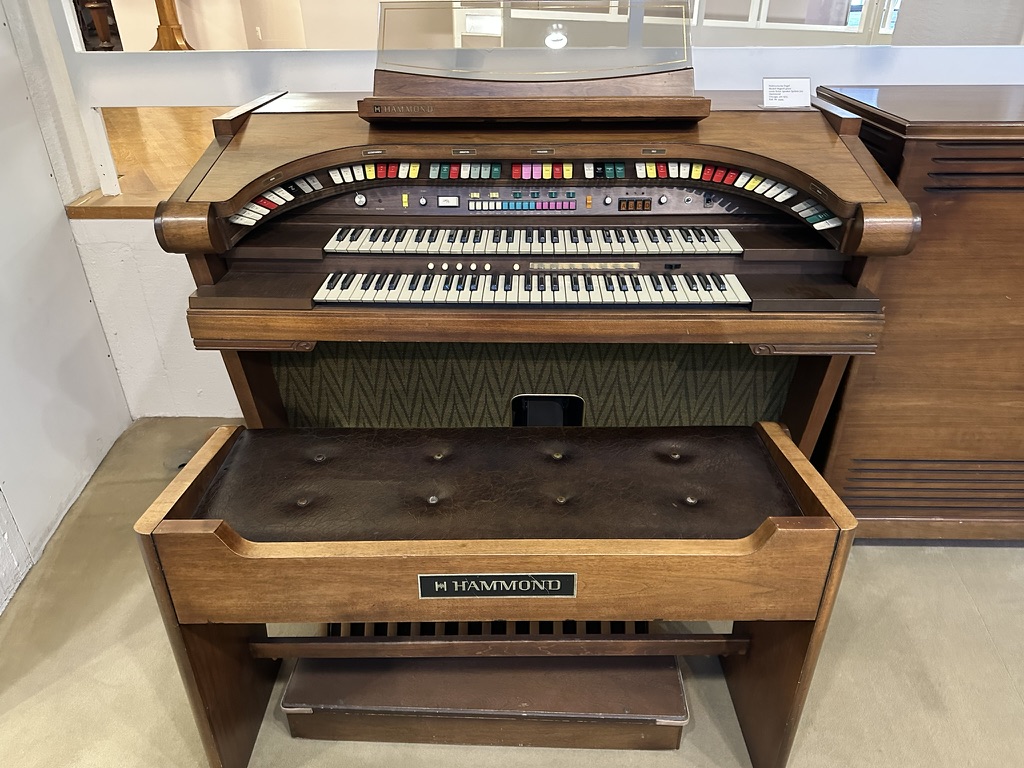
Regent 4000 Model
Leslie Rotor Speaker System 710
Hammond
Chicago, circa 1973
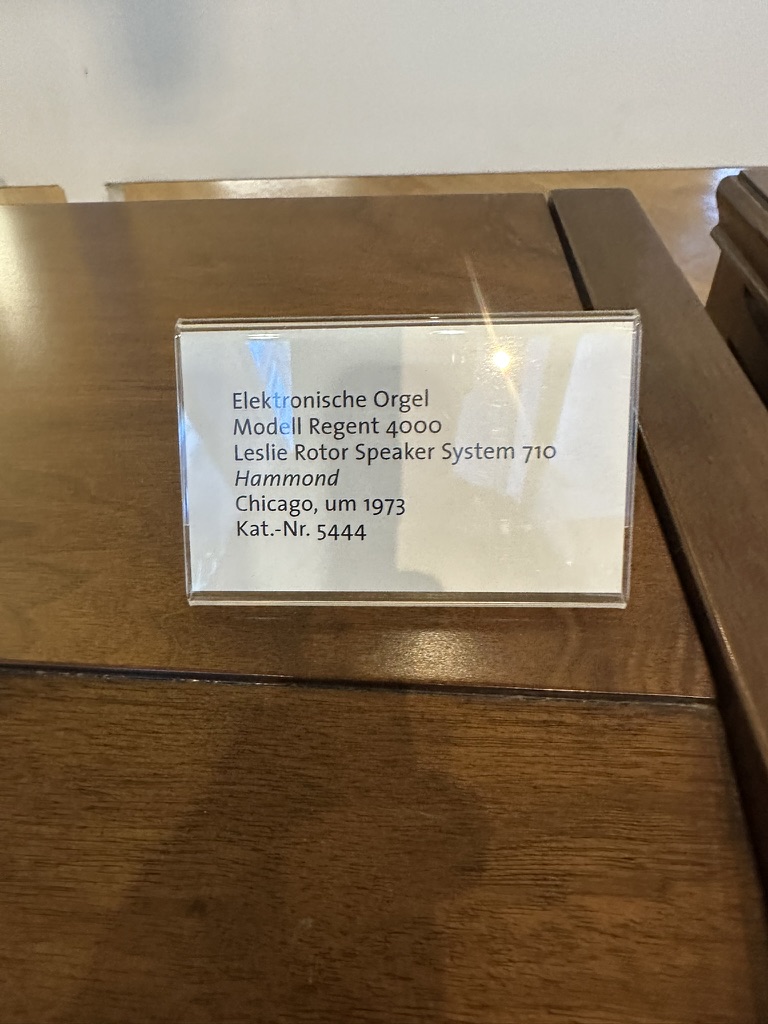
Regent 4000 Model
Leslie Rotor Speaker System 710
Hammond
Chicago, circa 1973
And, finally, this challenging… thing. An orthotonophonium. Honestly, really interesting reading, but my brain kind of broke when I saw it. Please note: the concept of an instrument like this goes back to 16th-century Italy and the archicembalo.
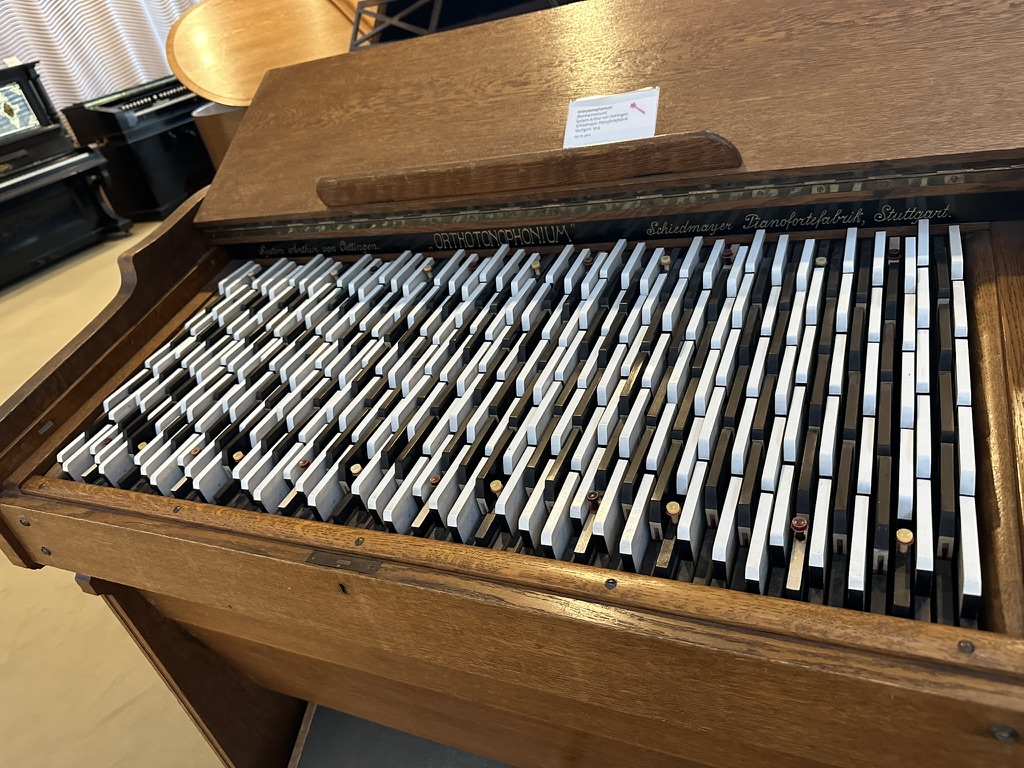
(Pure Harmonium)
Arthur von Oettingen System
Schiedmayer Pianoforte Factory
Stuttgart, 1914
There was a whole second floor full of more modern instruments — like a Moog theremin — but I was kind of Done™ photographing things at that point.
I really hope folks enjoy this peek inside a fantastic museum! Stick around; I have a post about the Neuesmuseum going up next.